Tech Articles
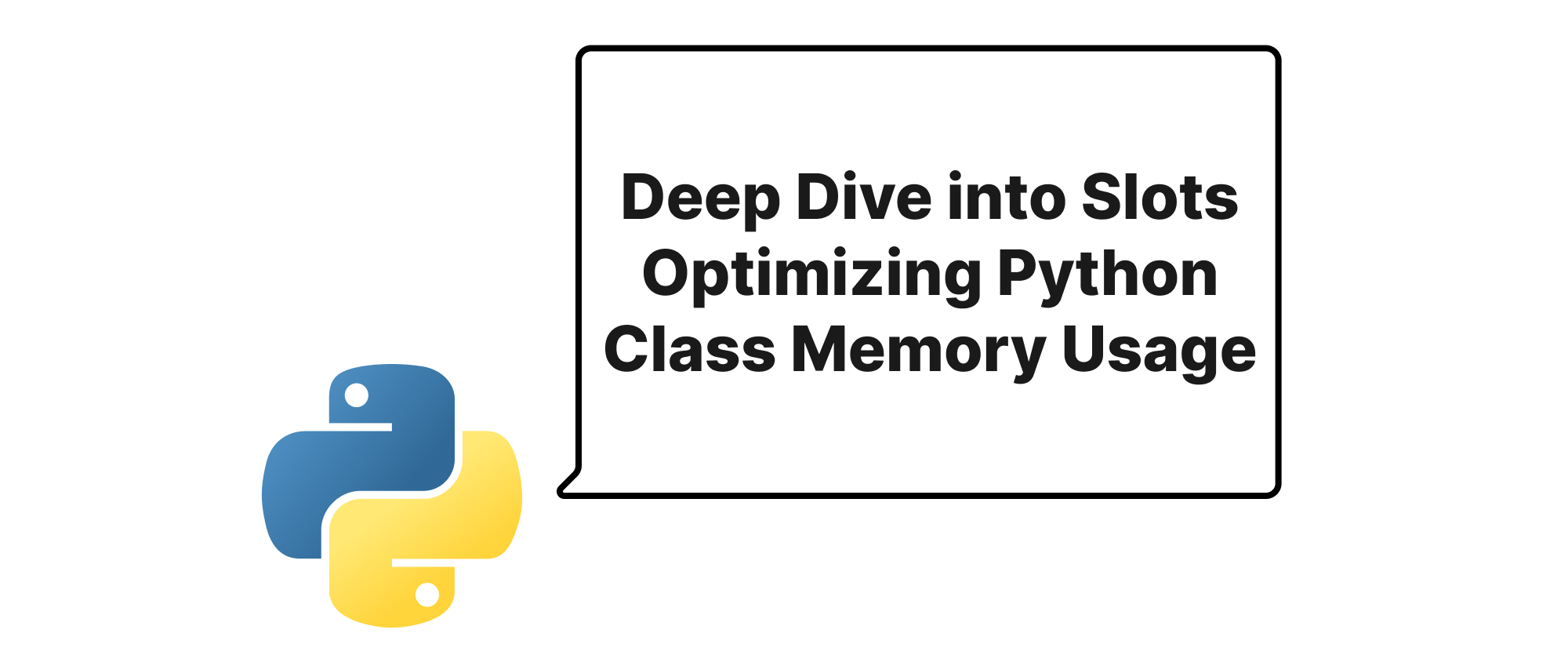
Deep Dive into Slots Optimizing Python Class Memory Usage
This article explores how Python's __slots__ attribute can significantly reduce memory consumption in classes, offering a detailed explanation of its mechanics, implementation, and practical use cases with code examples.
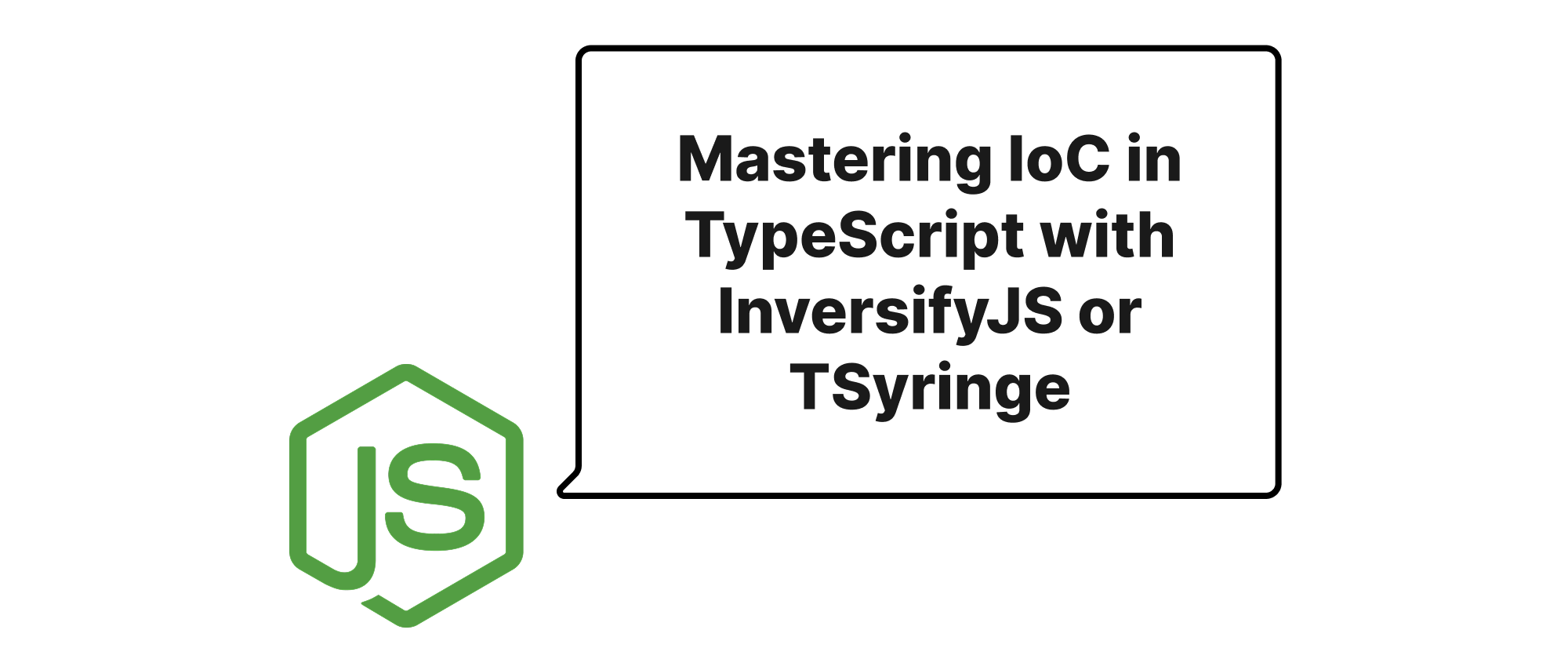
Mastering IoC in TypeScript with InversifyJS or TSyringe
Explore how InversifyJS and TSyringe bring the power of Inversion of Control to TypeScript projects, enhancing modularity, testability, and maintainability through practical examples.
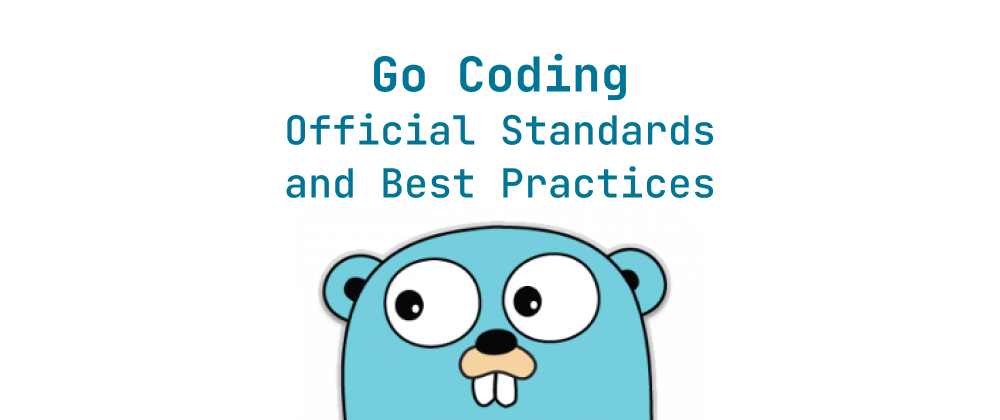
Go Code Style: Official Standards and Best Practices
A concise guide to Go coding standards, style conventions, and best practices for clean, idiomatic code.
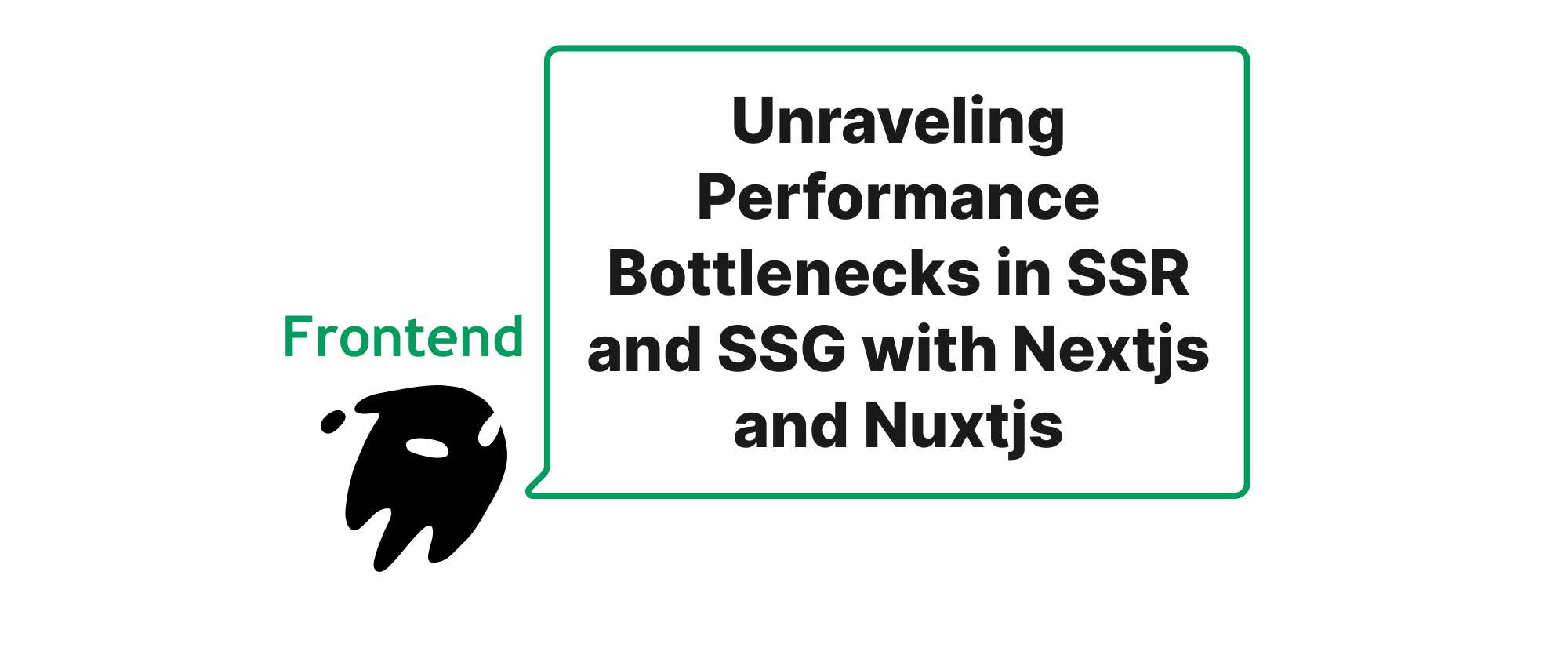
Unraveling Performance Bottlenecks in SSR and SSG with Nextjs and Nuxtjs
A comprehensive analysis of performance challenges in Server-Side Rendering (SSR) and Static Site Generation (SSG) using Next.js and Nuxt.js, covering core concepts, practical examples, and optimization strategies.
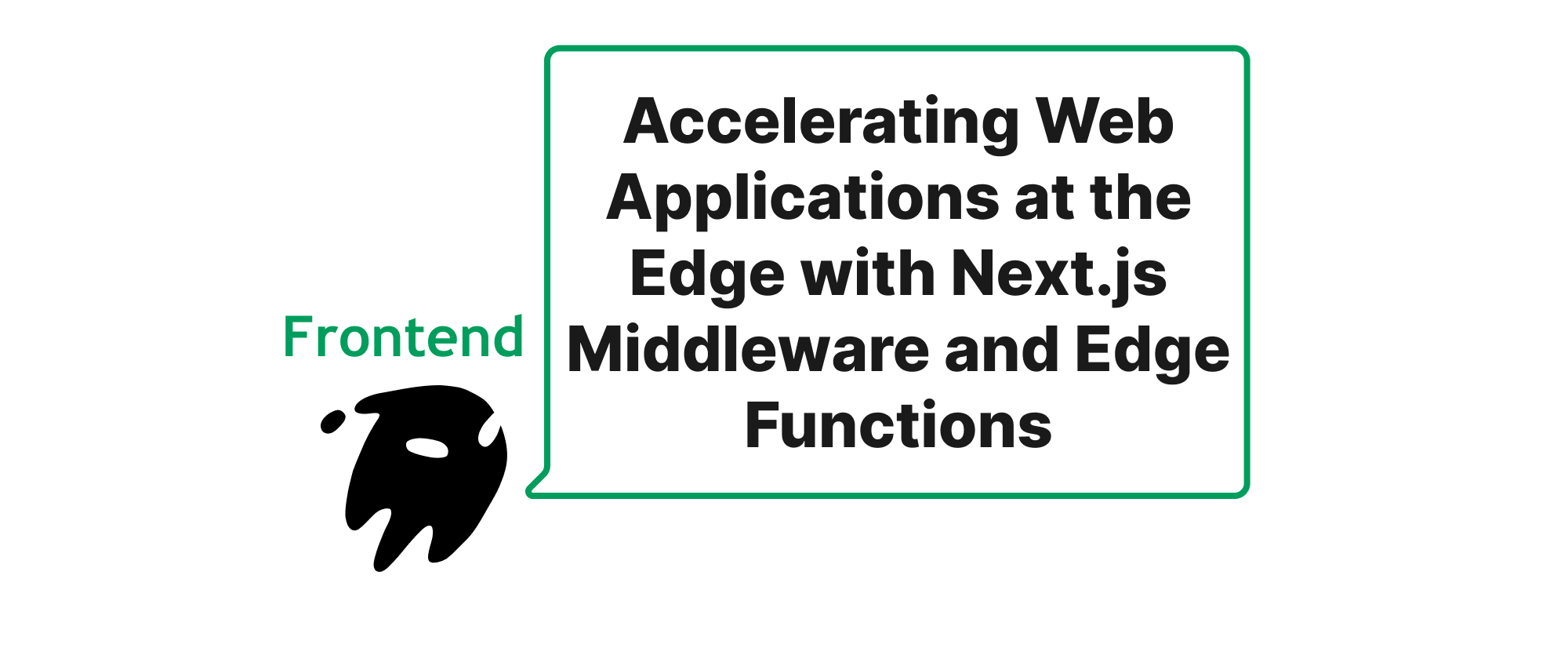
Accelerating Web Applications at the Edge with Next.js Middleware and Edge Functions
Explore how Next.js Middleware and Edge Functions empower developers to execute code closer to users, enhancing performance and personalizing experiences at a global scale.

Embedding Configuration at Compile Time in Rust with env Macros
This article explores how to use `env!` and `option_env!` macros in Rust to embed configuration directly into your binaries during compilation, offering a robust solution for static configuration.
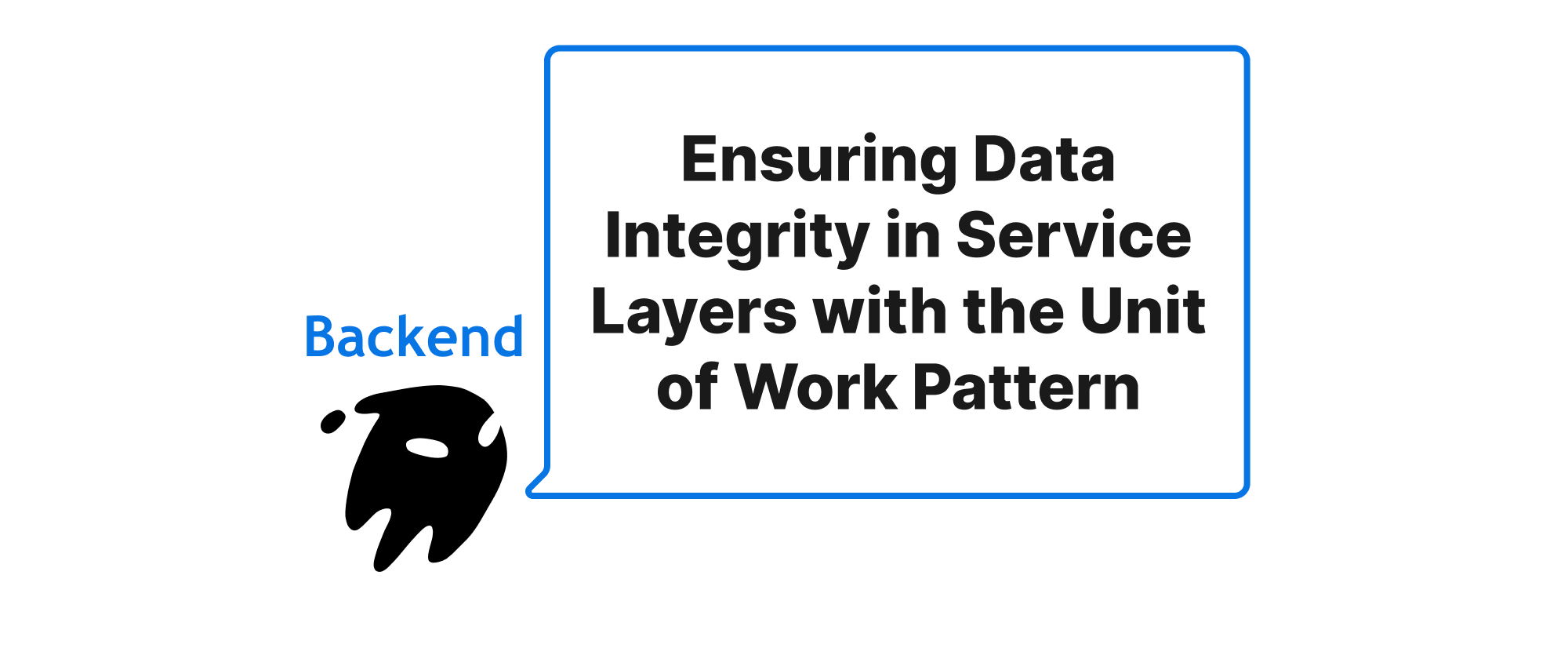
Ensuring Data Integrity in Service Layers with the Unit of Work Pattern
Explore how the Unit of Work pattern guarantees atomicity and transactionality in service operations, enhancing application robustness and data consistency.
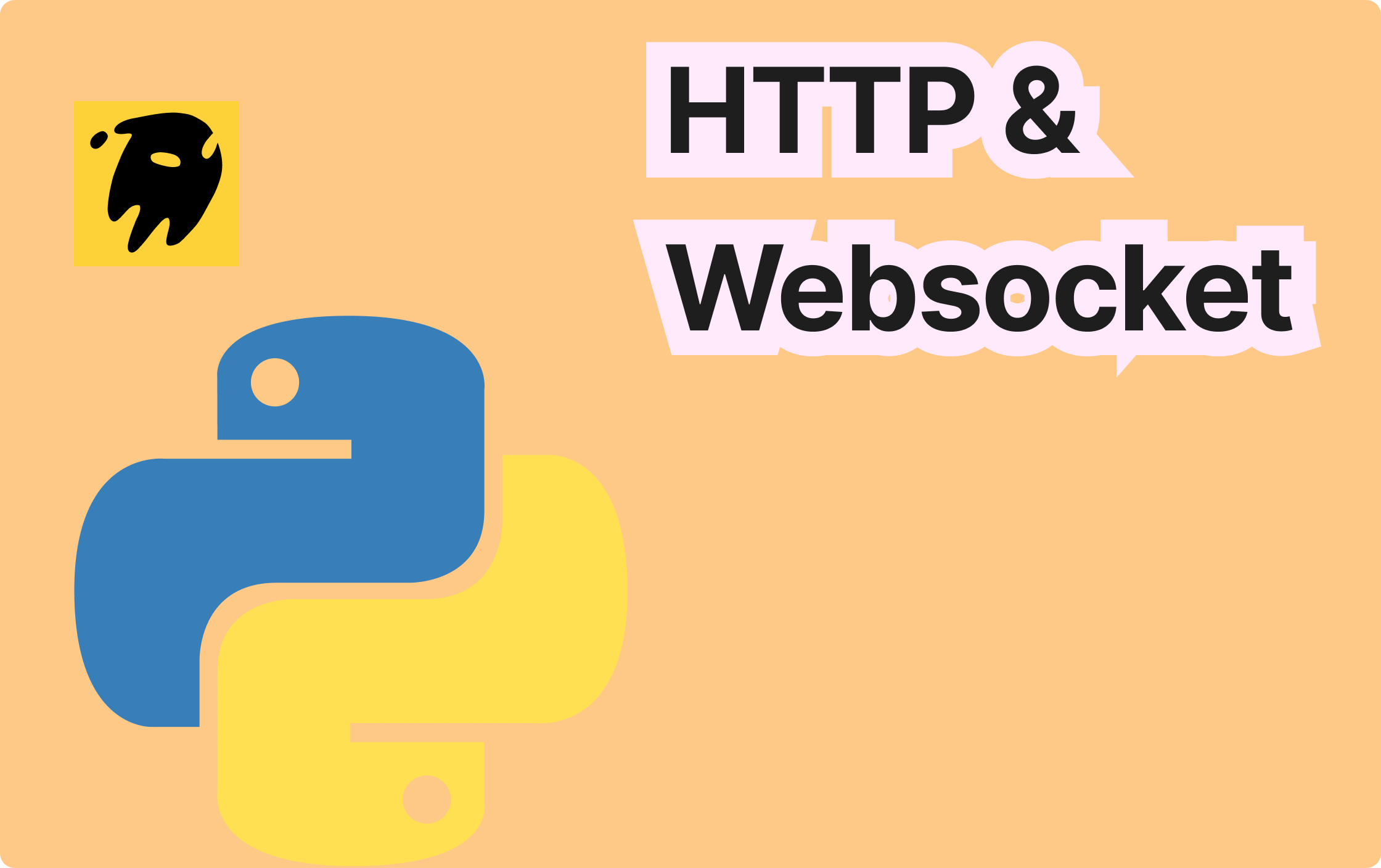
WebSocket vs HTTP Short Polling: Evolution & Modern Trade-offs
HTTP short and long connections are products of the early web development stage, suitable for traditional "request-response" mode applications. WebSocket, on the other hand, was developed to address real-time bidirectional communication needs and represents the future trend of web interaction.
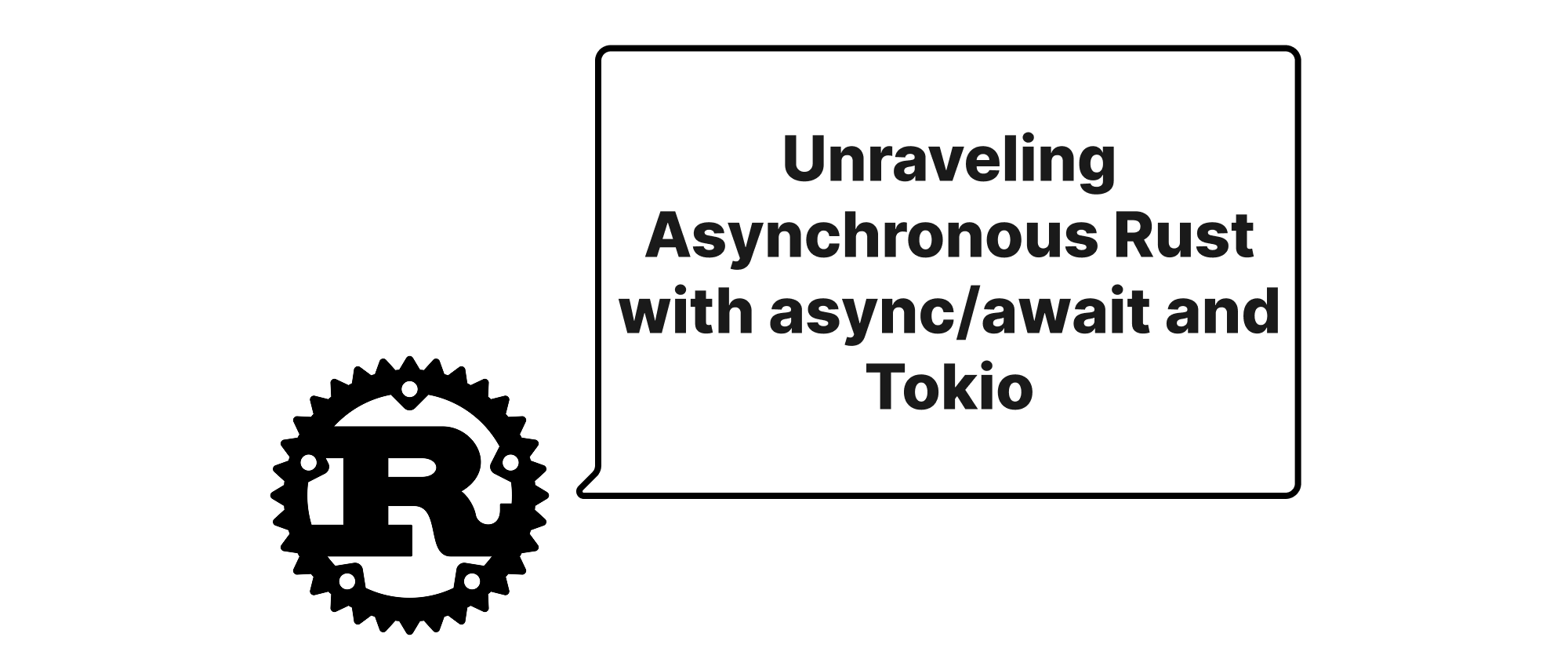
Unraveling Asynchronous Rust with async/await and Tokio
This article dives deep into the intricacies of asynchronous programming in Rust, exploring the fundamental concepts of async/await and the practical functionalities of the Tokio runtime for building concurrent applications.
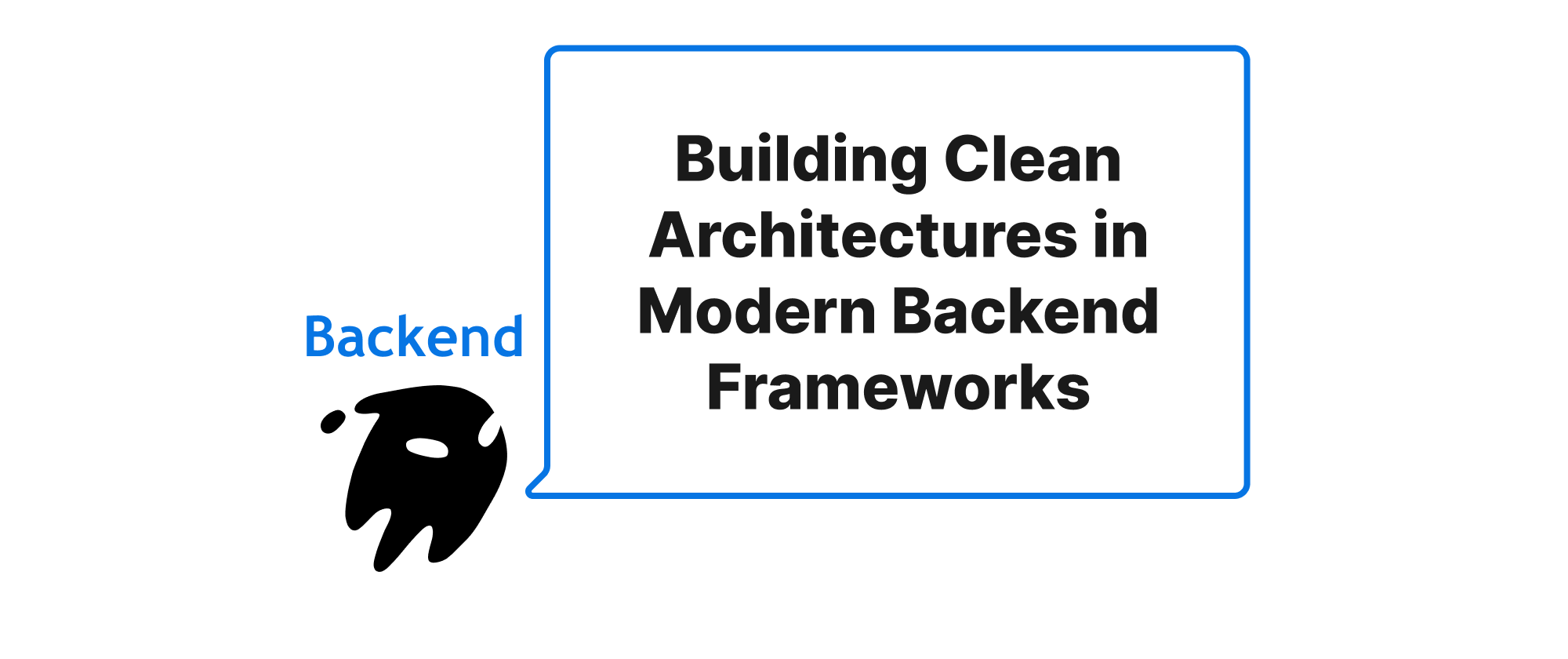
Building Clean Architectures in Modern Backend Frameworks
Exploring the practical implementation of Clean Architecture principles within Django, NestJS, and FastAPI for robust and maintainable backend development.
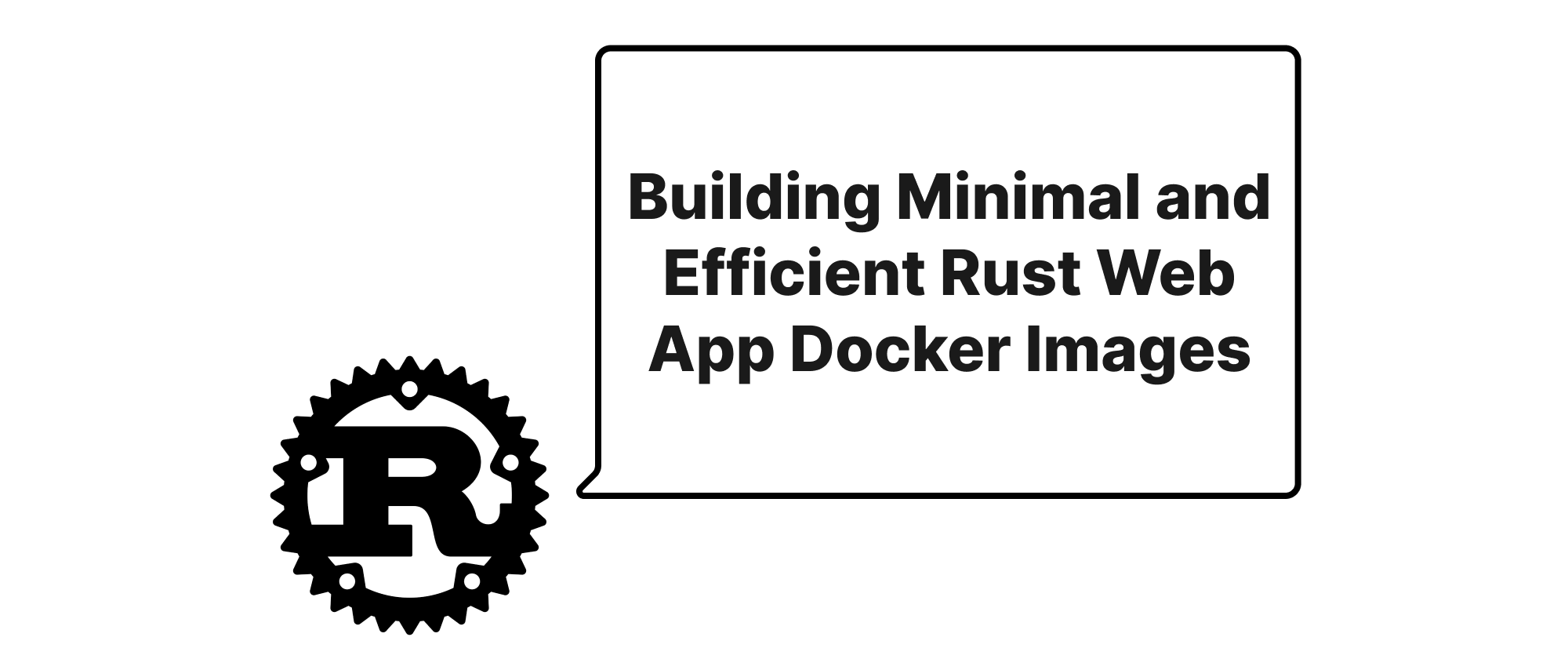
Building Minimal and Efficient Rust Web App Docker Images
This article delves into the techniques for compiling and deploying lean, performant Rust web applications within Docker containers, focusing on key optimizations and best practices.
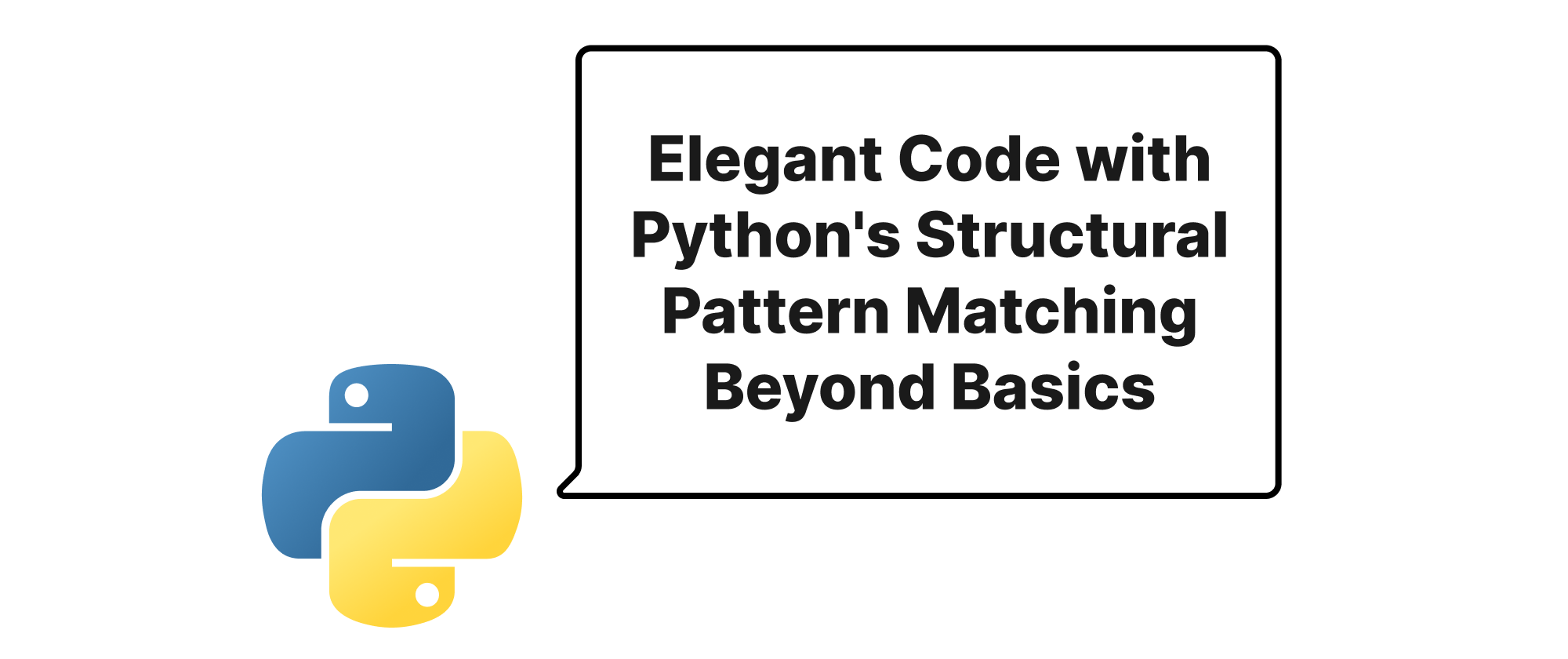
Elegant Code with Python's Structural Pattern Matching Beyond Basics
Dive into advanced techniques of Python 3.10+ structural pattern matching (match/case) for cleaner, more expressive, and robust code.
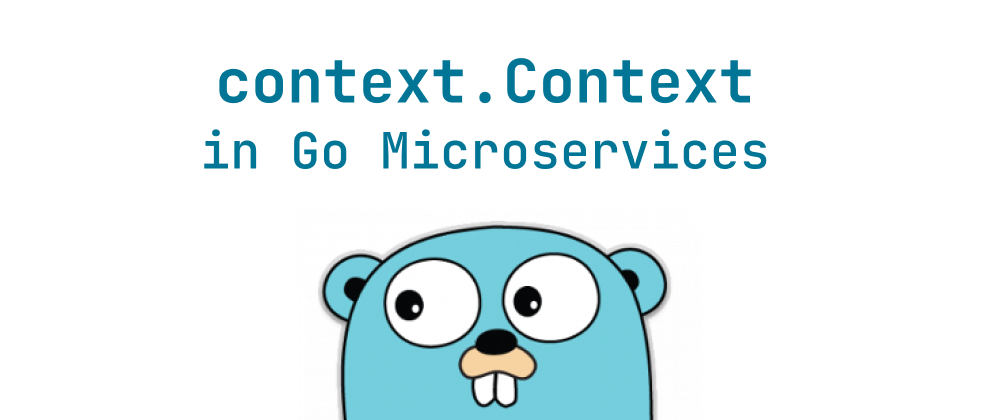
The Power of context.Context in Go Microservices
Learn how Go’s context manages lifecycles, cancellations, and metadata across microservice requests.
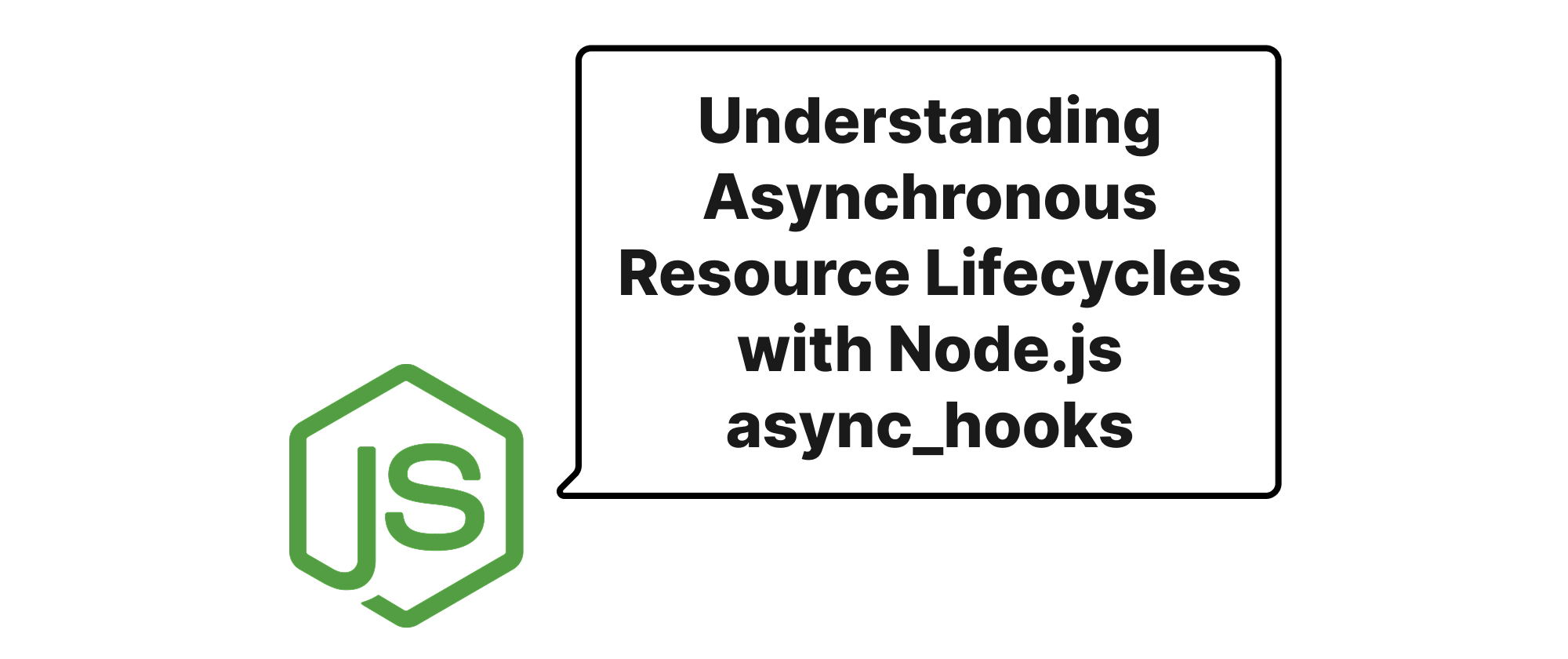
Understanding Asynchronous Resource Lifecycles with Node.js async_hooks
Explore how Node.js async_hooks provide deep insights into the lifecycle of asynchronous resources, offering powerful debugging and performance monitoring capabilities.
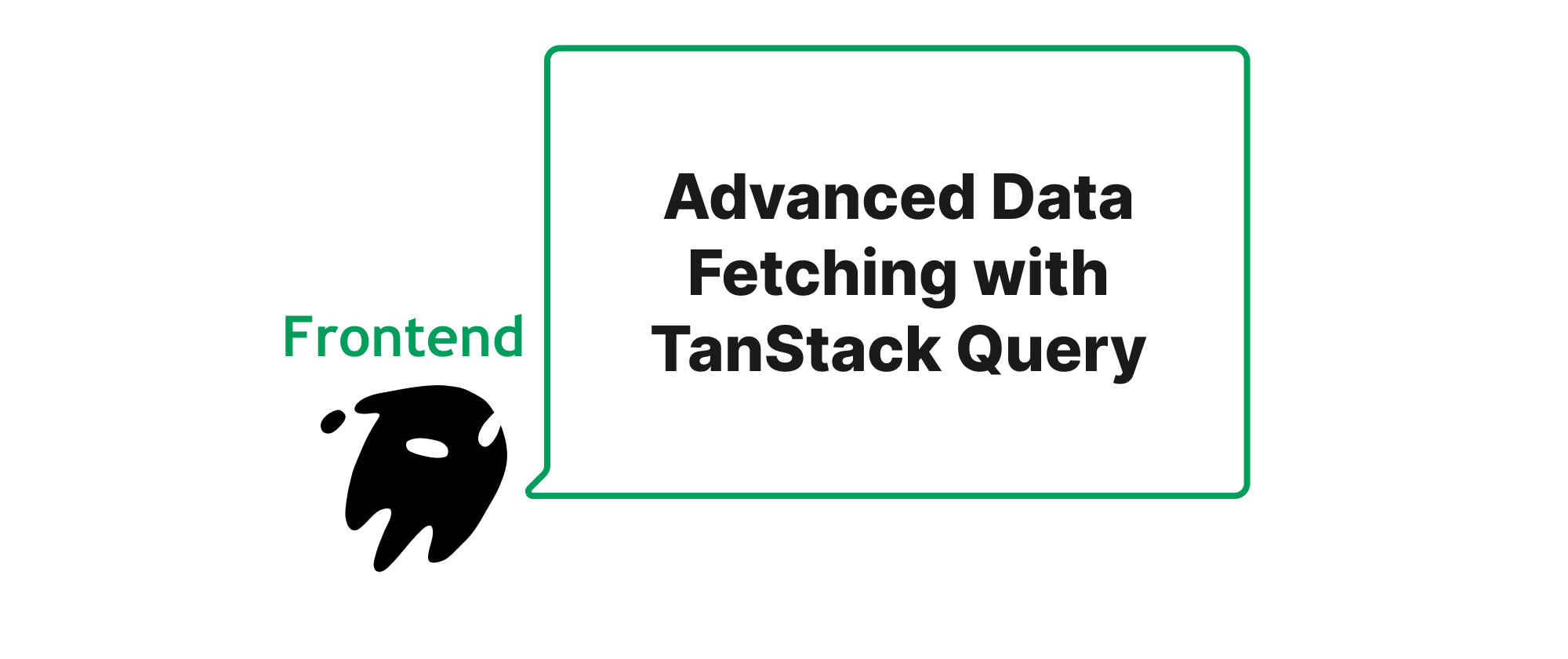
Advanced Data Fetching with TanStack Query - Optimistic Updates, Pagination, and WebSocket Integration
Unveiling the power of TanStack Query beyond basic data fetching, exploring advanced patterns like optimistic updates for improved UX, efficient pagination strategies, and seamlessly integrating with WebSockets for real-time data flow.
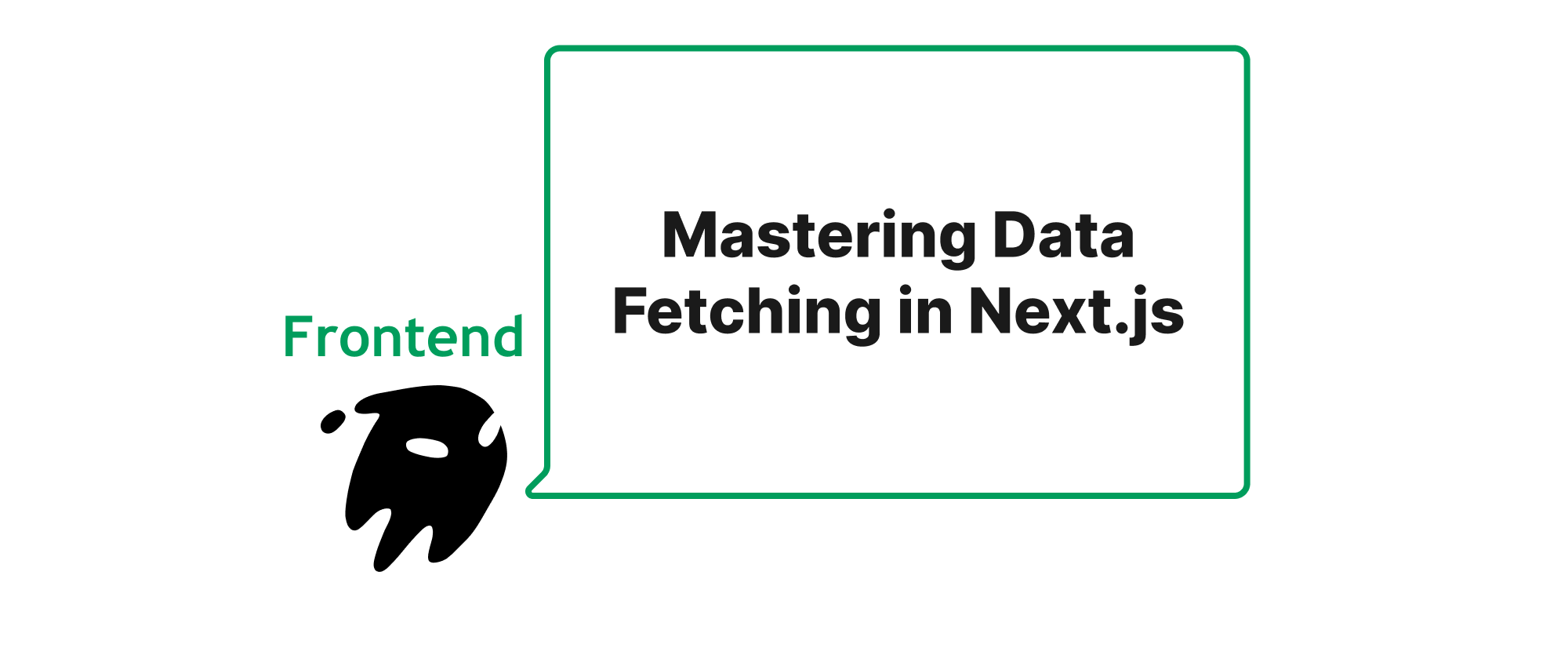
Mastering Data Fetching in Next.js
A deep dive into Next.js data fetching strategies, exploring Client Components, Server Components, and the latest `fetch` practices for optimal performance and user experience.
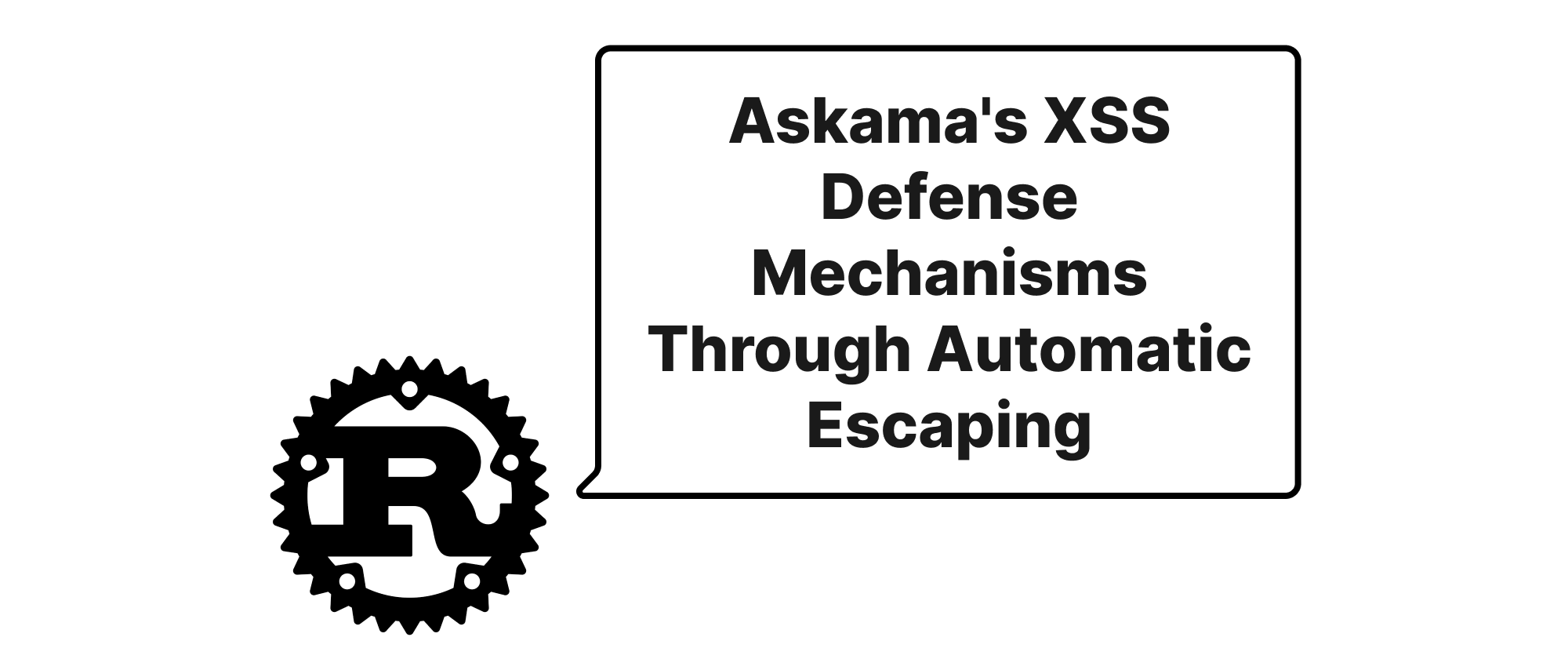
Askama's XSS Defense Mechanisms Through Automatic Escaping
Explore how Askama, a popular Rust templating engine, effectively prevents Cross-Site Scripting (XSS) attacks by implementing robust automatic escaping, ensuring secure web applications.
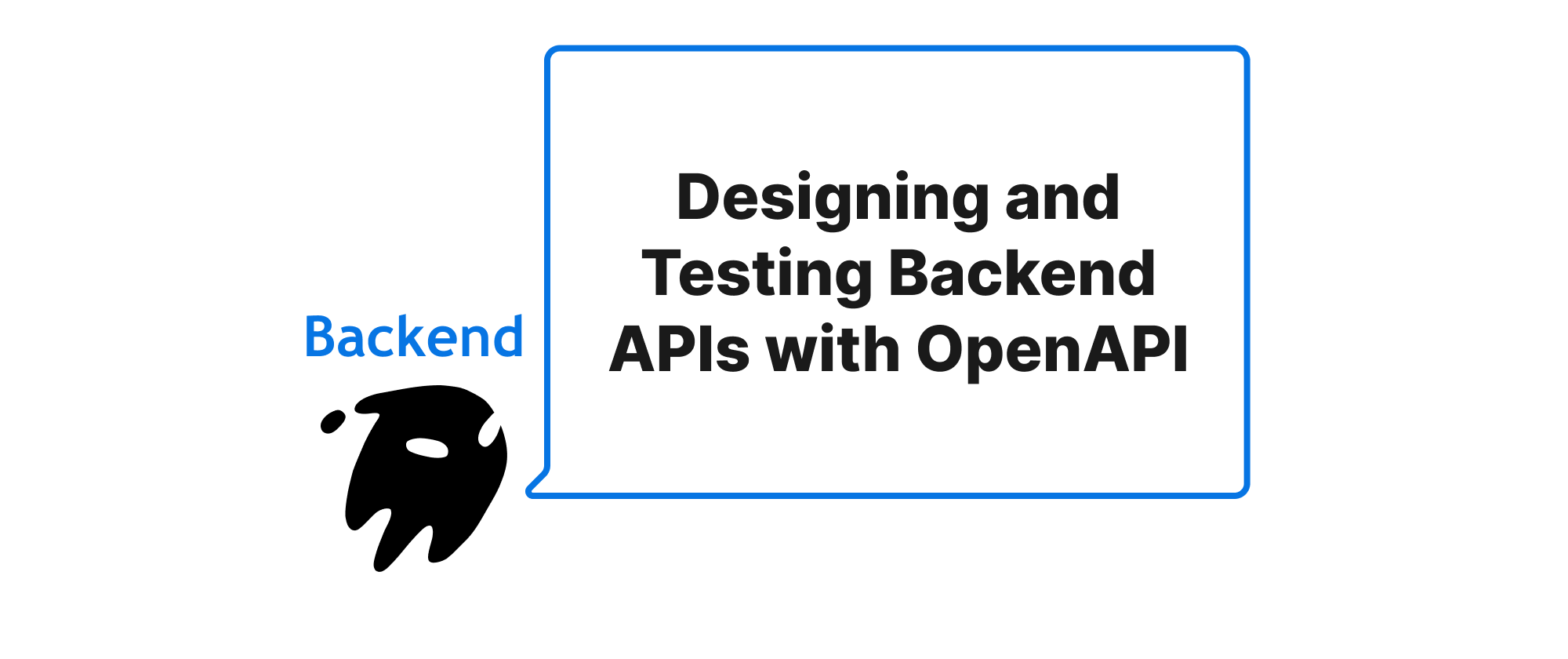
Designing and Testing Backend APIs with OpenAPI
Explore how OpenAPI (Swagger) specifications revolutionize backend API design and testing, streamlining development workflows.
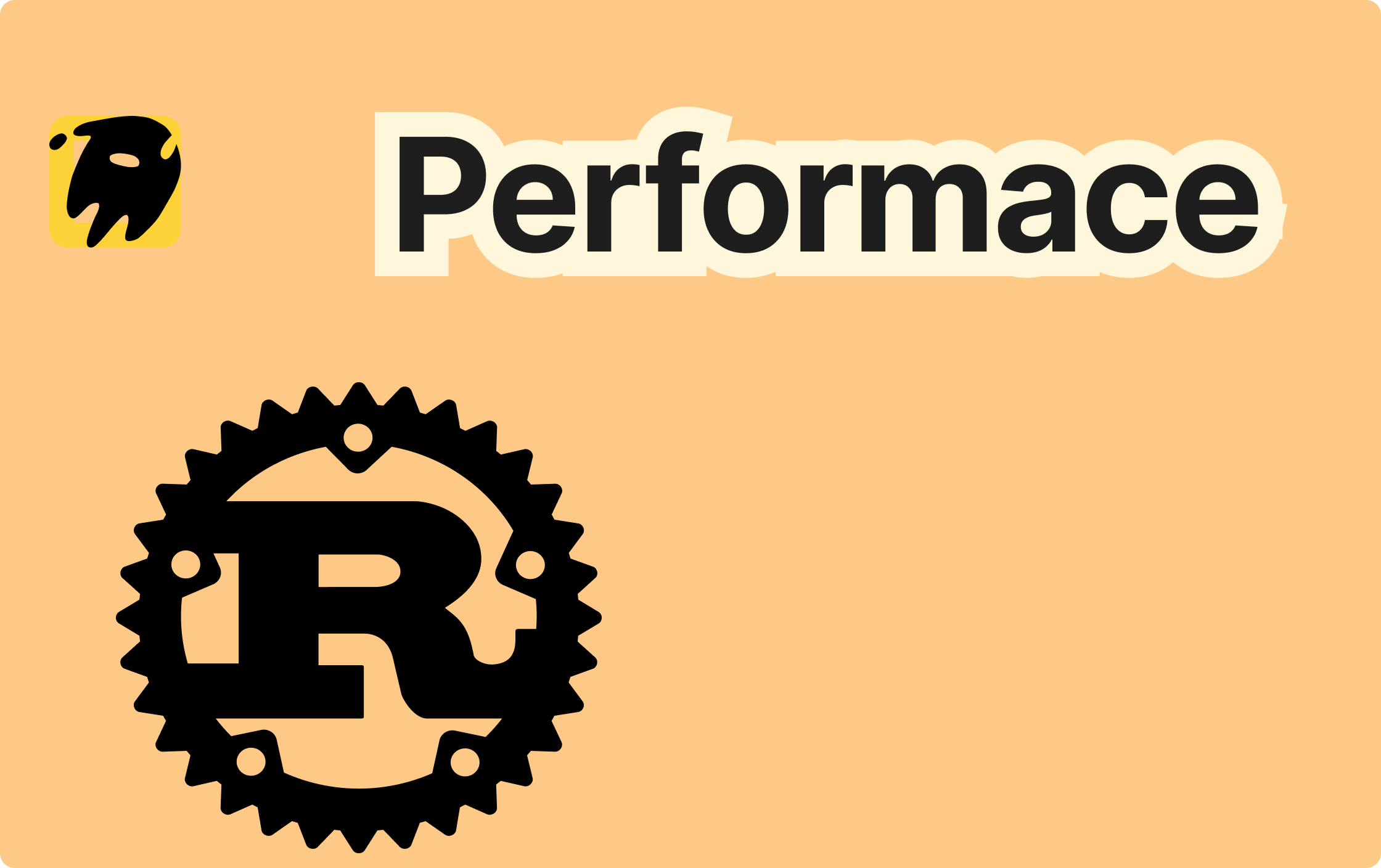
10 Rust Performance Tips: From Basics to Advanced 🚀
Rust's dual reputation for "safety + high performance" doesn’t come automatically — improper memory operations, type selection, or concurrency control can significantly degrade performance. The following 10 tips cover high-frequency scenarios in daily development, each explaining the "optimization logic" in depth to help you unlock Rust’s full performance potential.
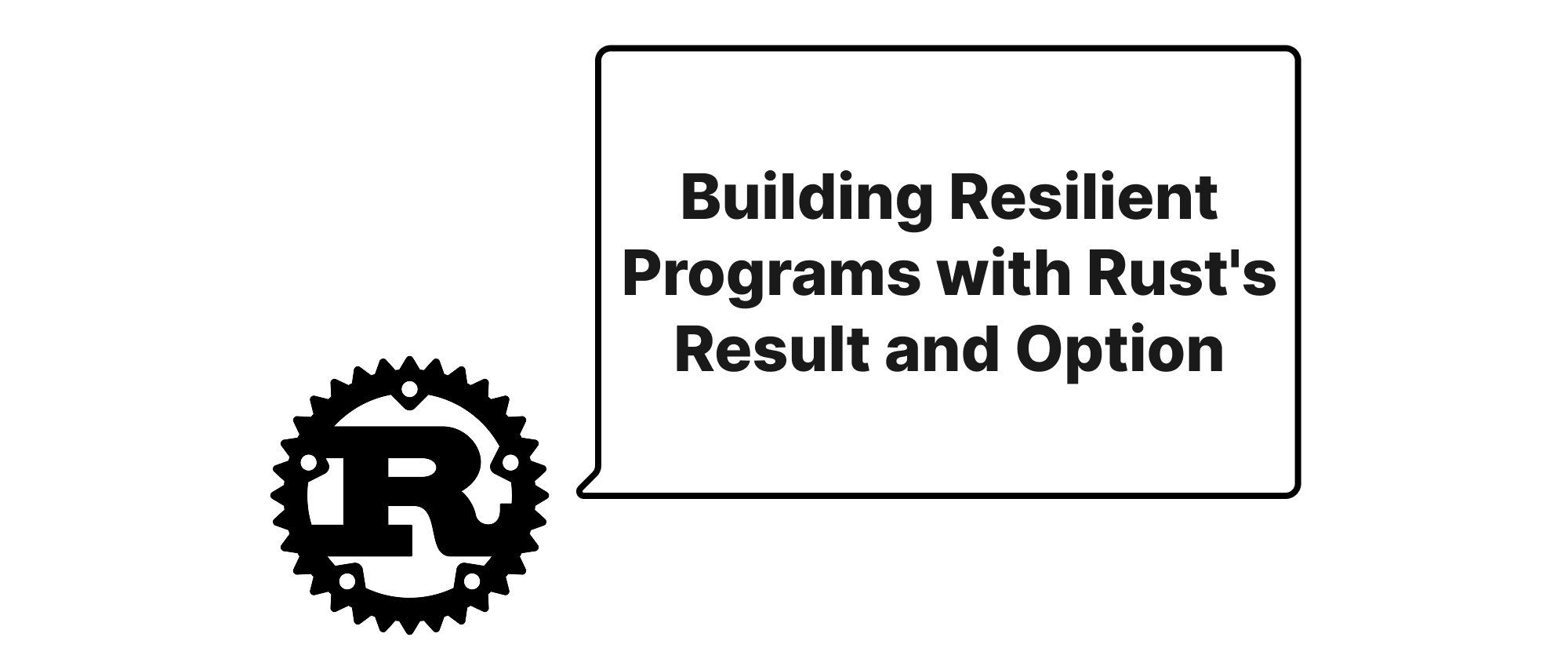
Building Resilient Programs with Rust's Result and Option
Explore how Rust's `Result` and `Option` enums empower developers to write robust and crash-free applications by explicitly handling potential failures and missing values, ensuring program reliability and maintainability.
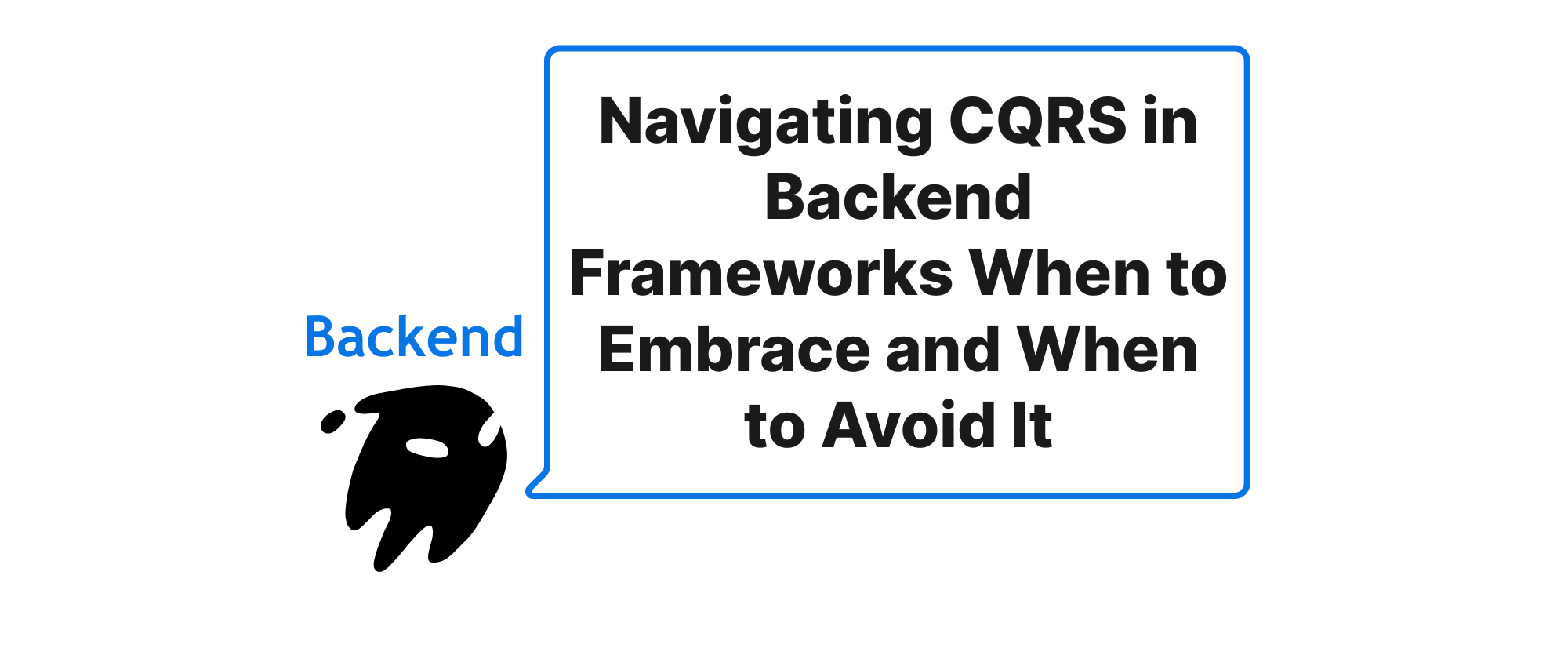
Navigating CQRS in Backend Frameworks When to Embrace and When to Avoid It
An in-depth look at Command Query Responsibility Segregation (CQRS) in backend development, exploring its principles, implementation, and practical considerations for when to apply this powerful architectural pattern and when it might be overkill.
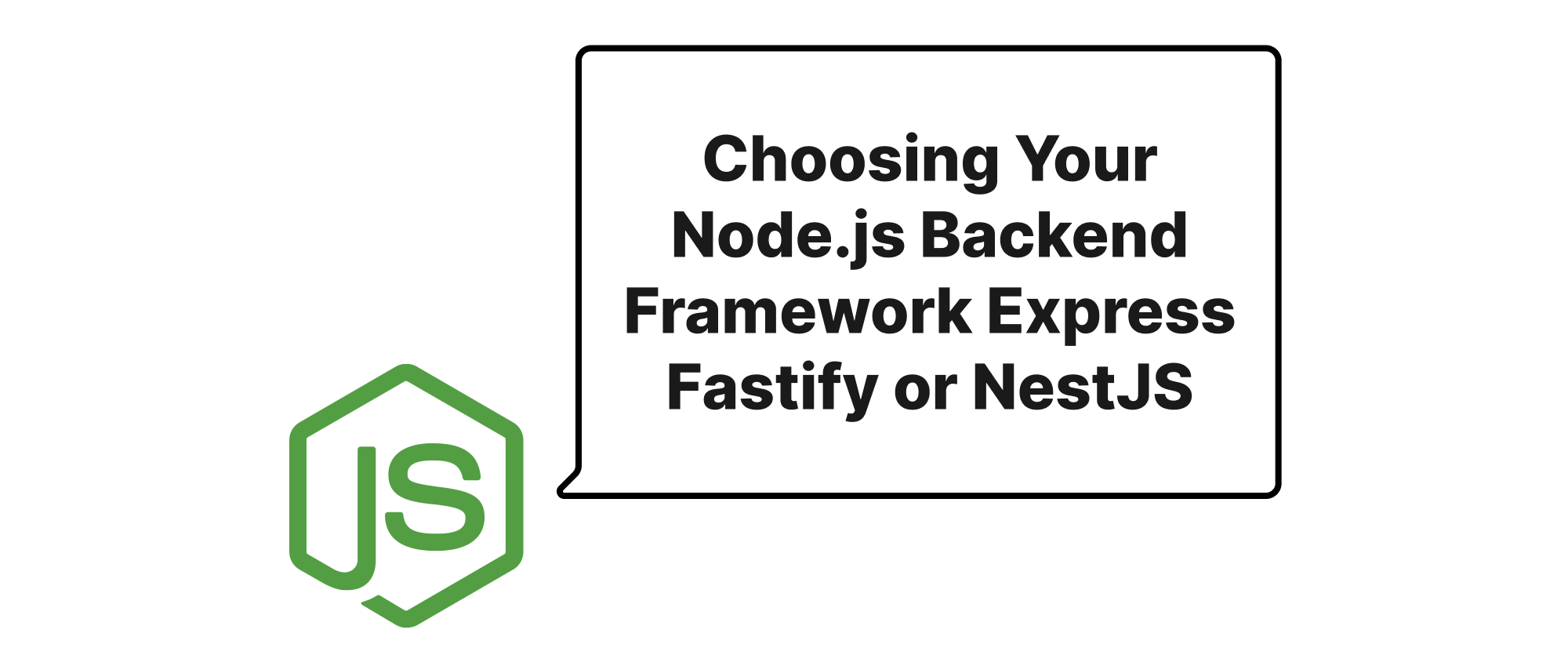
Choosing Your Node.js Backend Framework Express Fastify or NestJS
This article explores the philosophies and practicalities of Express, Fastify, and NestJS, guiding developers in selecting the most suitable Node.js framework for their backend projects.
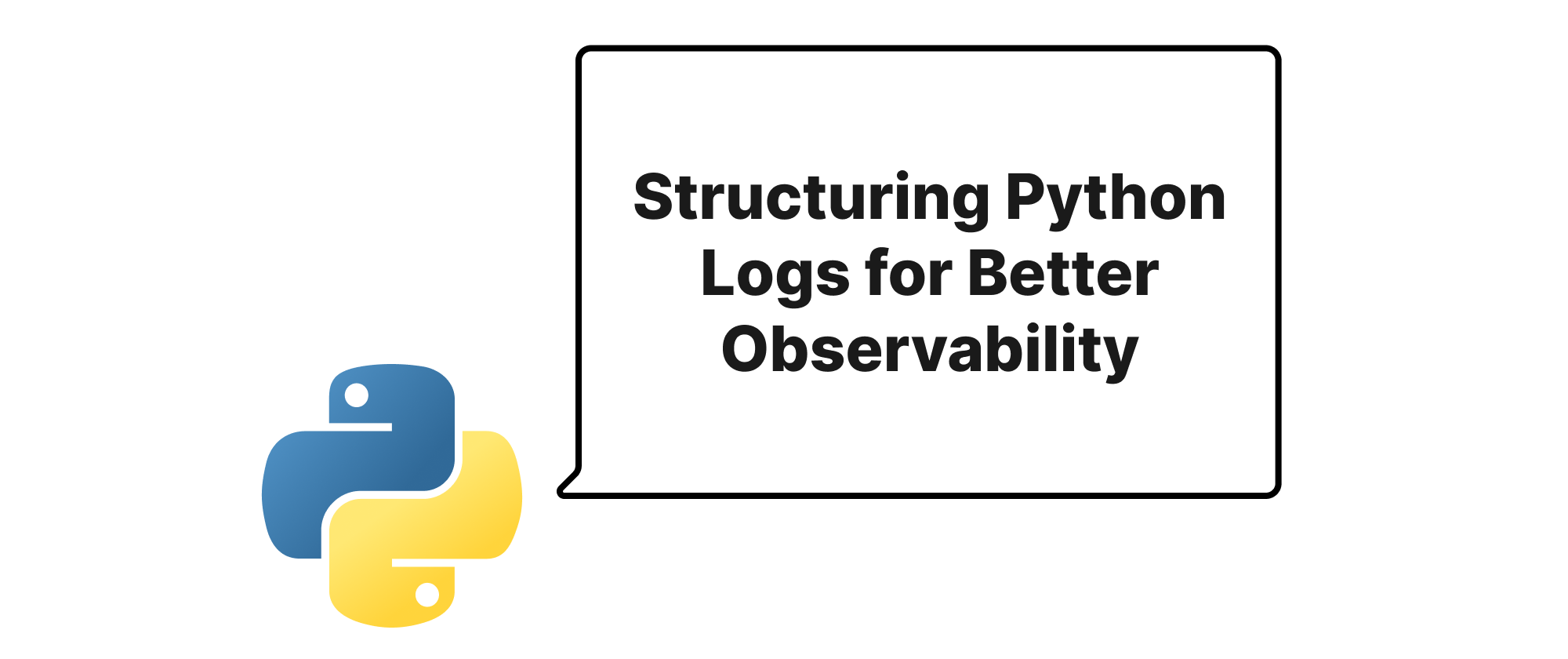
Structuring Python Logs for Better Observability
This article delves into the benefits of structured logging in Python, specifically using the structlog library, to make application logs more queryable and insightful.
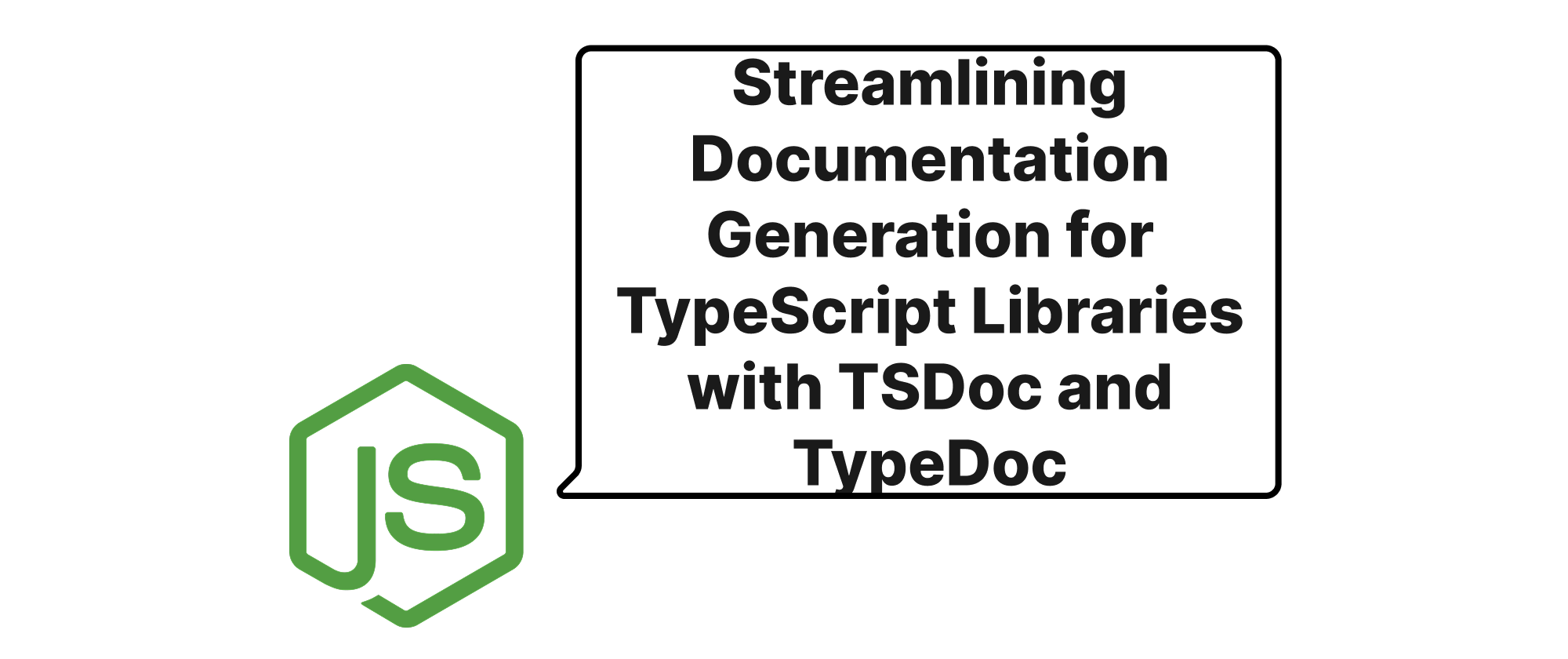
Streamlining Documentation Generation for TypeScript Libraries with TSDoc and TypeDoc
Automate the creation of comprehensive and maintainable documentation for your TypeScript libraries using TSDoc for structured comments and TypeDoc for robust static site generation.
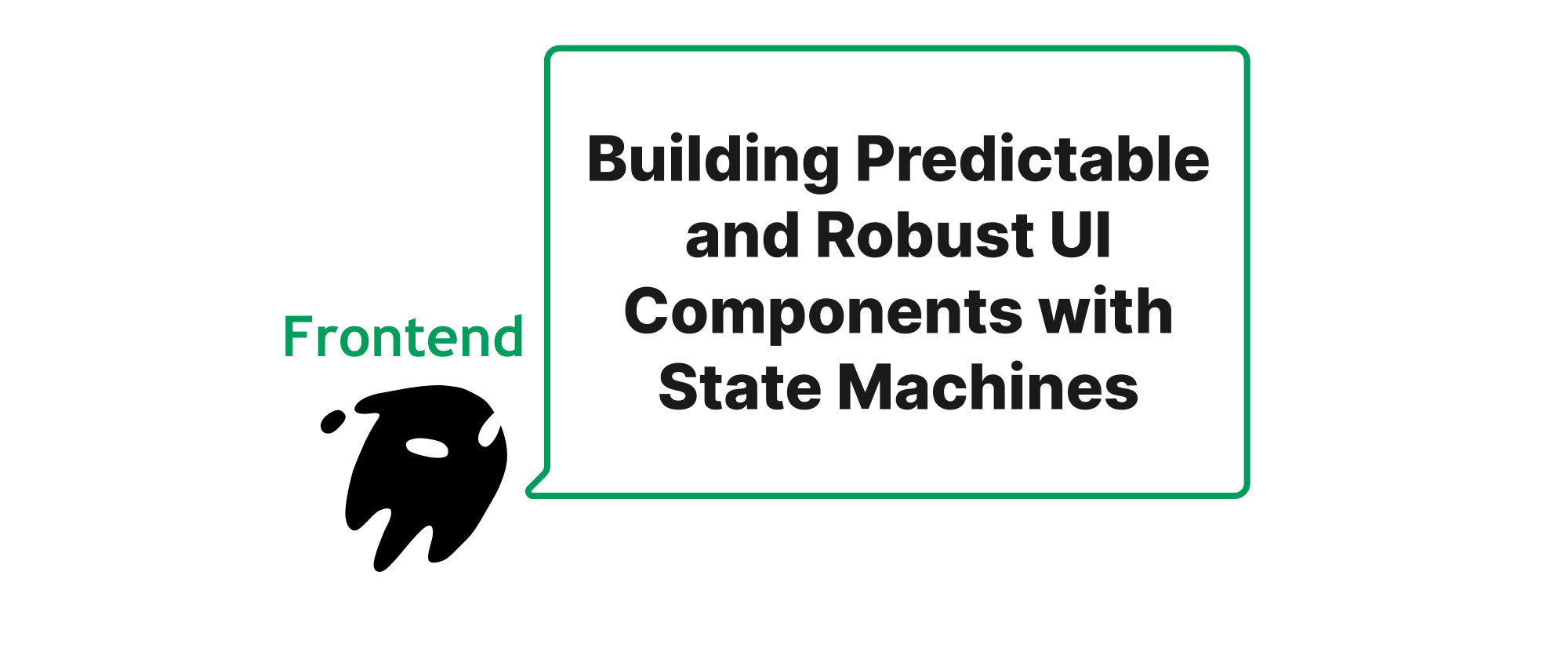
Building Predictable and Robust UI Components with State Machines
Exploring how XState and Zag.js empower developers to create complex and reliable UI components like dropdowns and modals by leveraging the power of state machines for better predictability and maintainability.
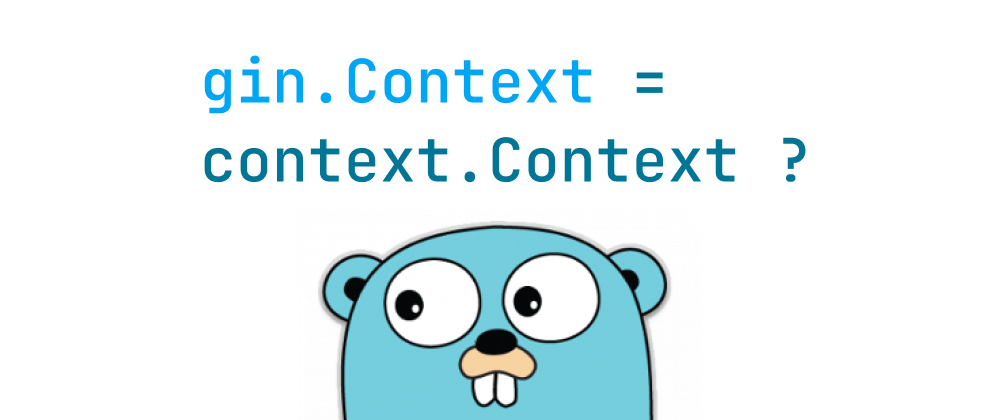
gin.Context Explained: More Than Just a Context
Highlights the distinction between gin.Context and context.Context for cleaner architecture.
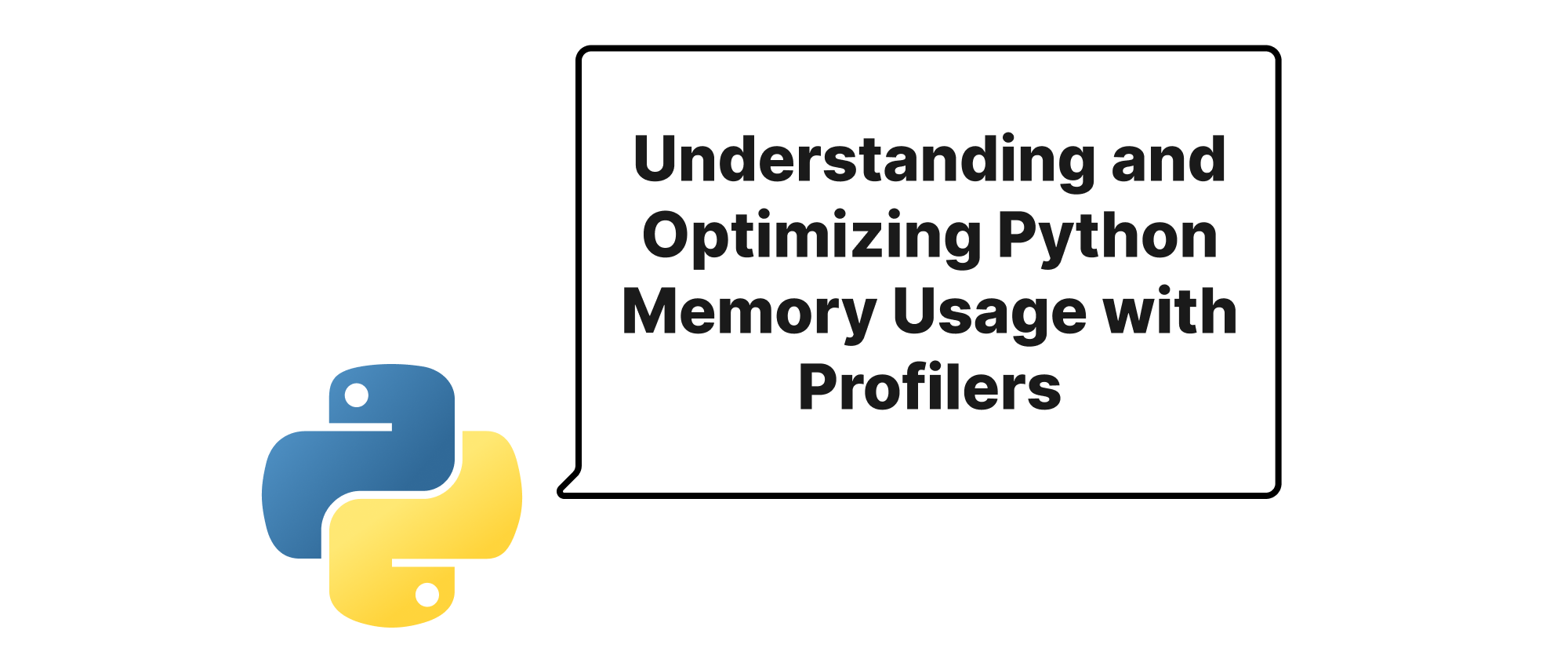
Understanding and Optimizing Python Memory Usage with Profilers
This article delves into practical techniques for analyzing Python application memory footprints using `memory-profiler` and `objgraph`, providing actionable insights for optimization.
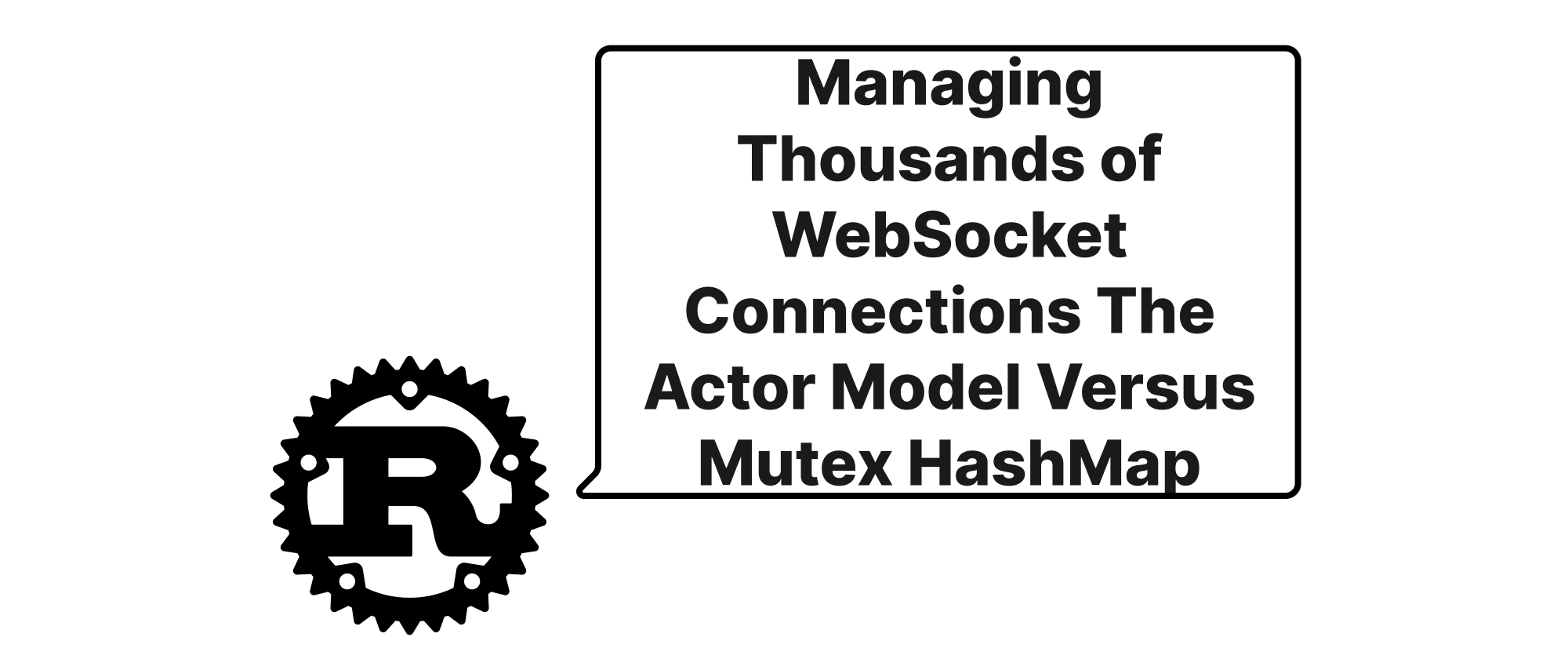
Managing Thousands of WebSocket Connections The Actor Model Versus Mutex HashMap
A deep dive into scalable WebSocket connection management in Rust, comparing the Actor Model and Mutex<HashMap> approaches for state handling.
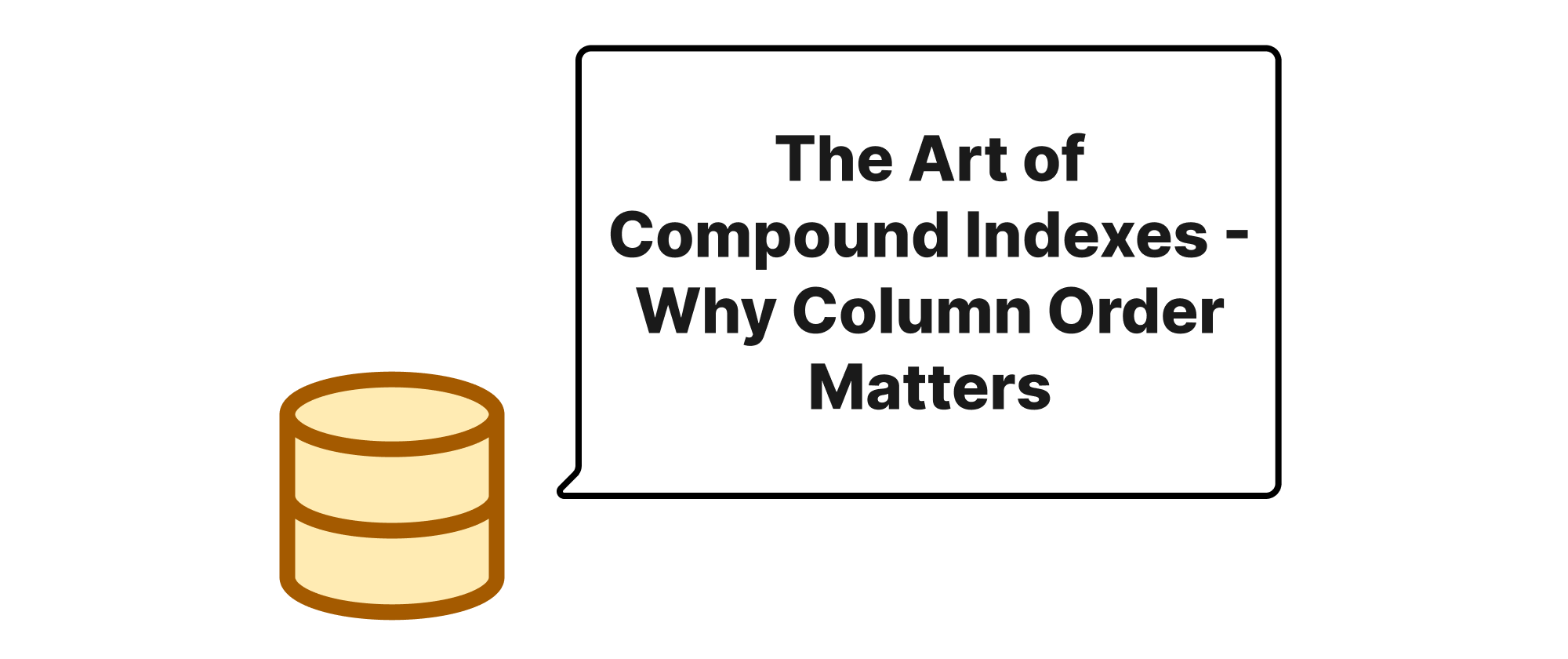
The Art of Compound Indexes - Why Column Order Matters
This article delves into compound indexes, explaining why the order of columns within them is crucial for database performance and query optimization.
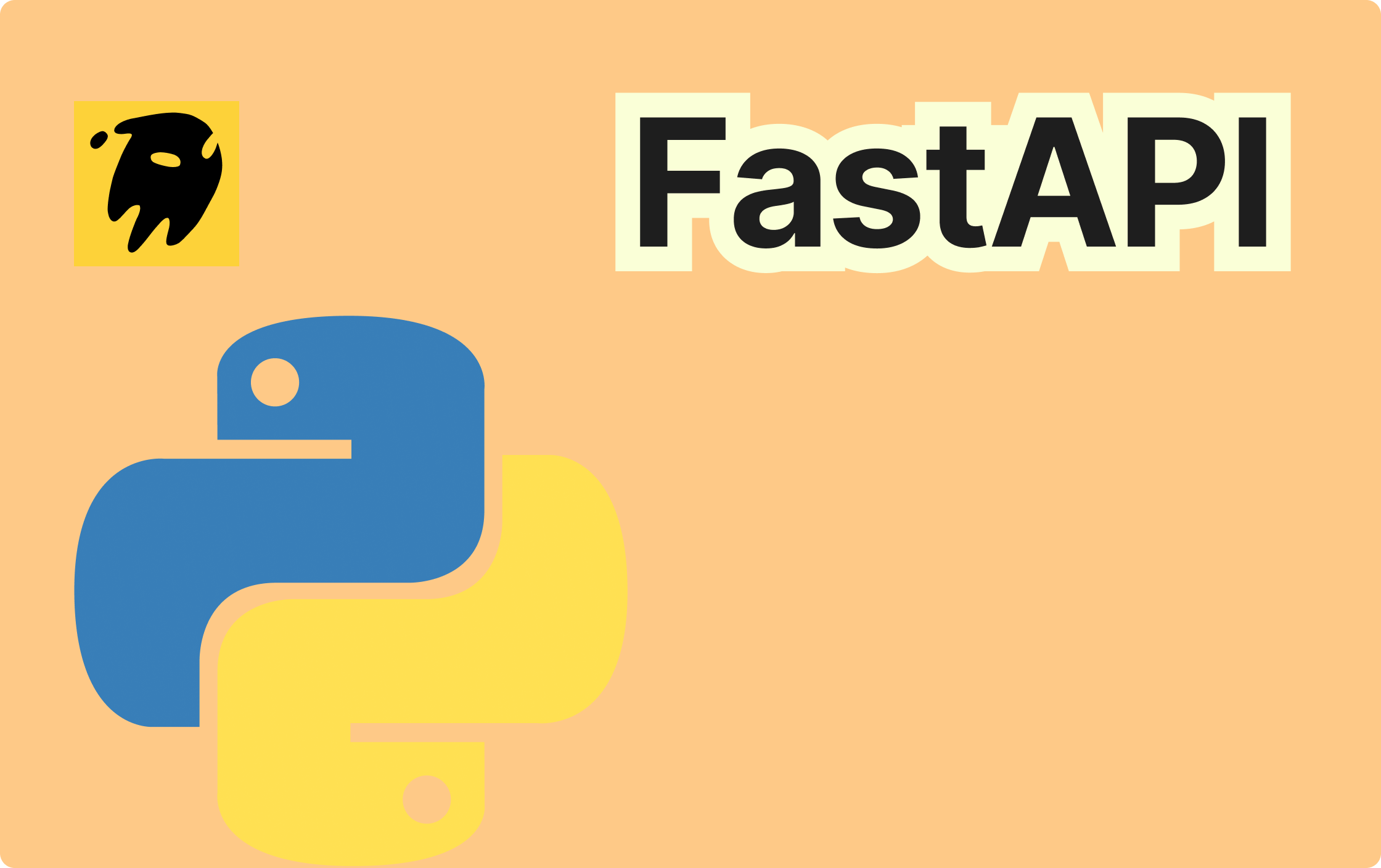
10 Ways to Make FastAPI Blazing Fast: from Code to Production
FastAPI has become one of the preferred frameworks for Python API development, thanks to its support for asynchronous operations, automatic documentation, and strong type validation. However, in high-concurrency scenarios, unoptimized services may suffer from increased latency and decreased throughput. This article compiles 10 practical optimization solutions, each including implementation steps and design principles, to help you maximize FastAPI's performance potential.
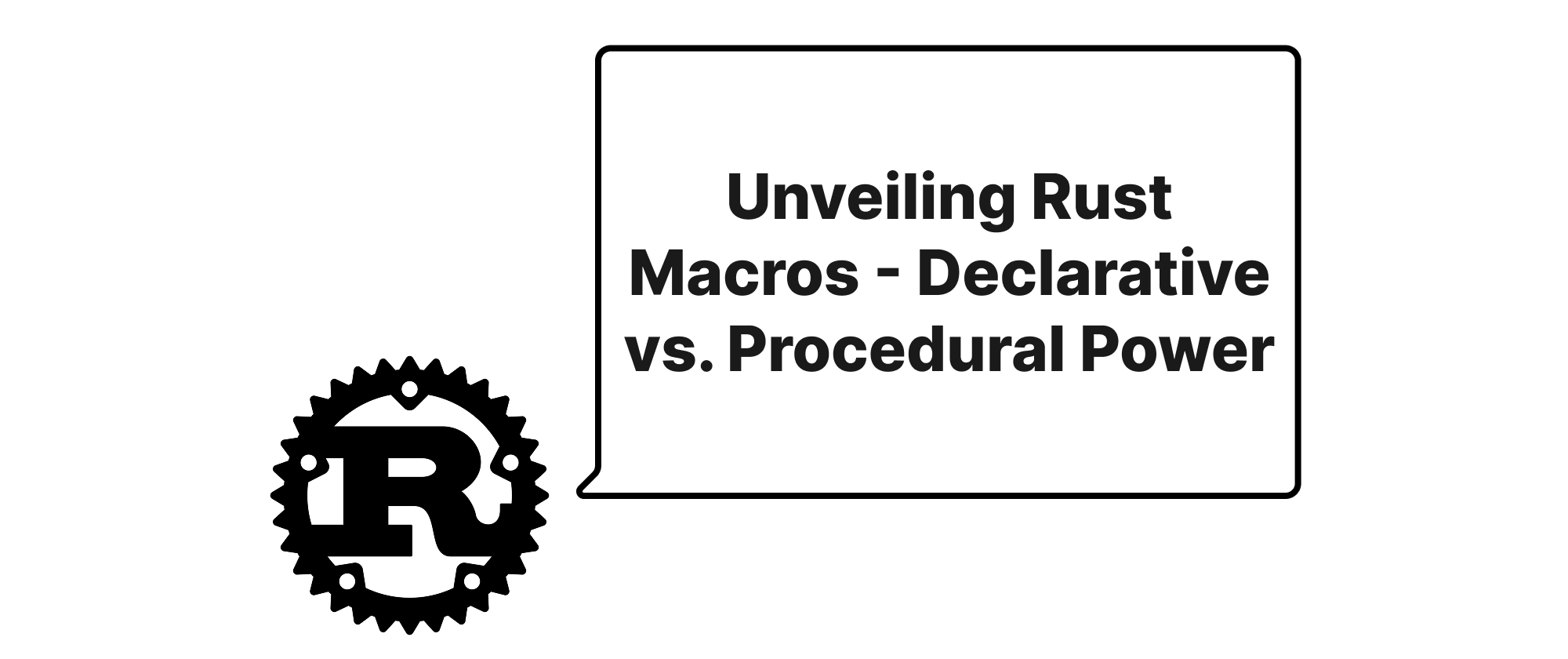
Unveiling Rust Macros - Declarative vs. Procedural Power
This article delves into the fascinating world of Rust macros, contrasting the elegance of declarative macros with the power and flexibility of procedural macros. We'll explore their inner workings, practical applications, and when to choose one over the other, illustrated with clear code examples.
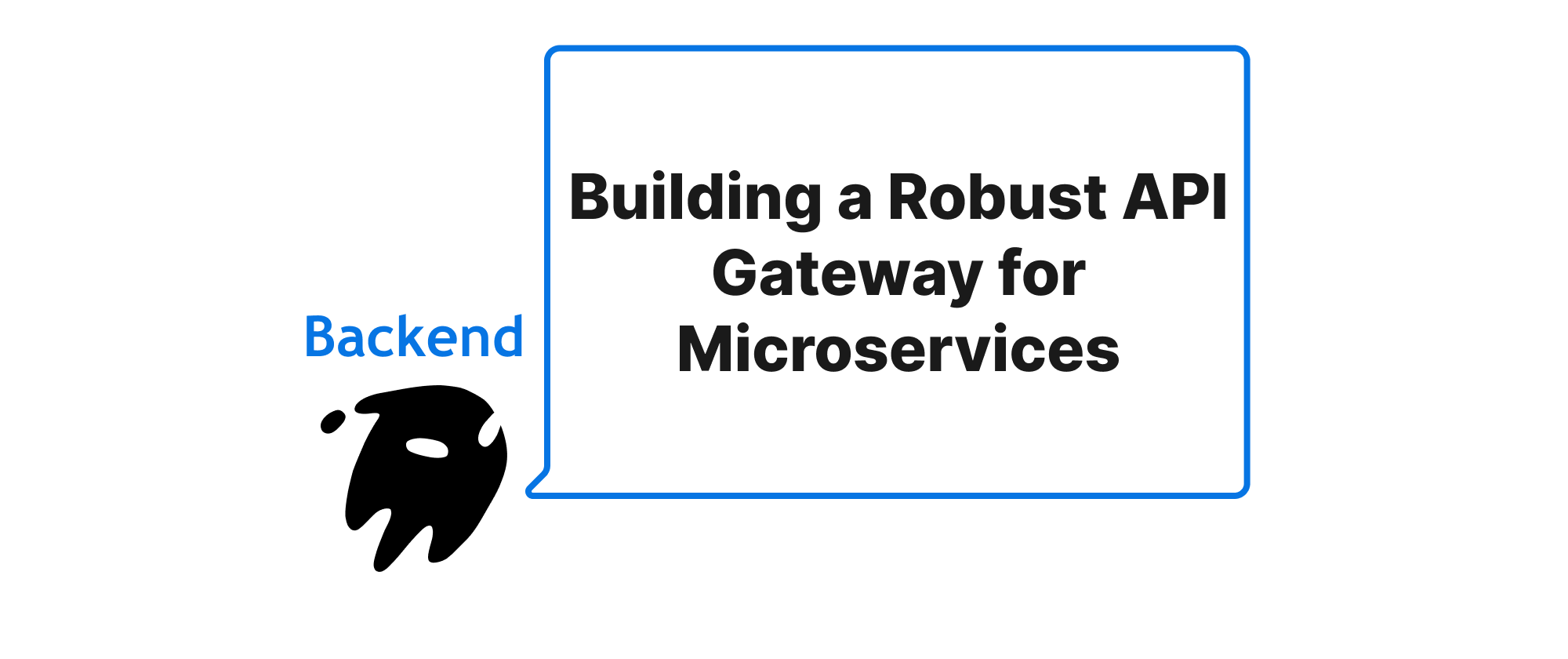
Building a Robust API Gateway for Microservices
Exploring the architecture and implementation of an API Gateway to handle authentication, rate limiting, and request aggregation in modern backend systems.
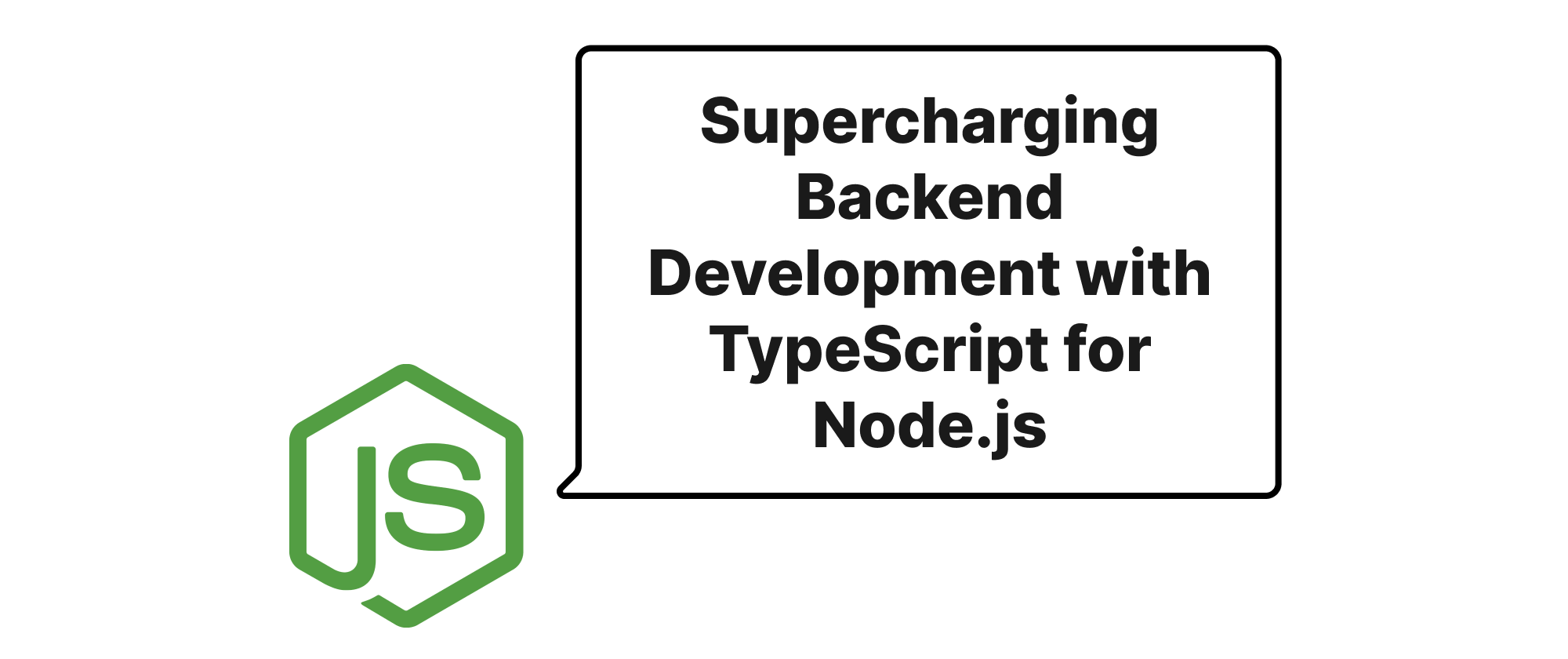
Supercharging Backend Development with TypeScript for Node.js
Explore how TypeScript and ts-node-dev combine to create a robust and efficient development workflow for Node.js backend applications, emphasizing type safety and rapid iteration.
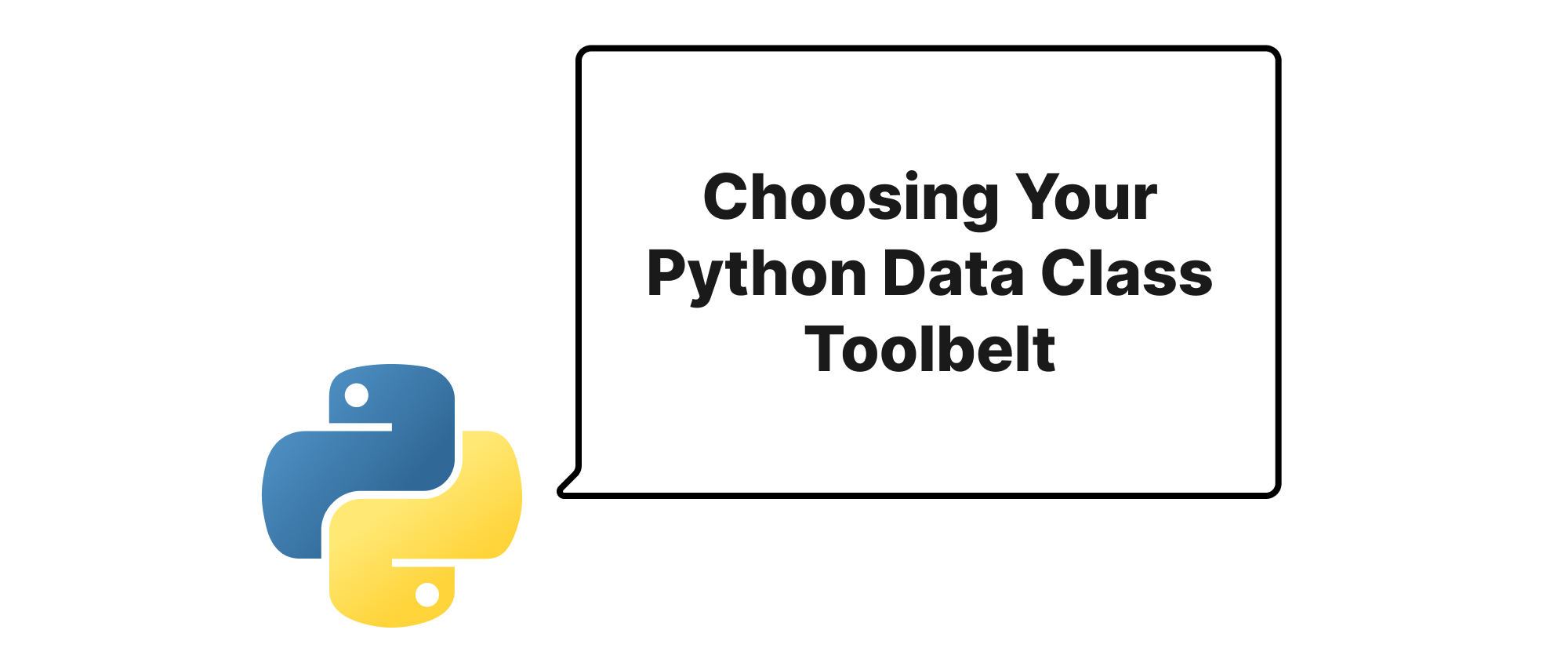
Choosing Your Python Data Class Toolbelt
This article explores dataclasses, Pydantic, and attrs, three powerful Python libraries for defining data structures, helping developers choose the right tool for their specific needs.
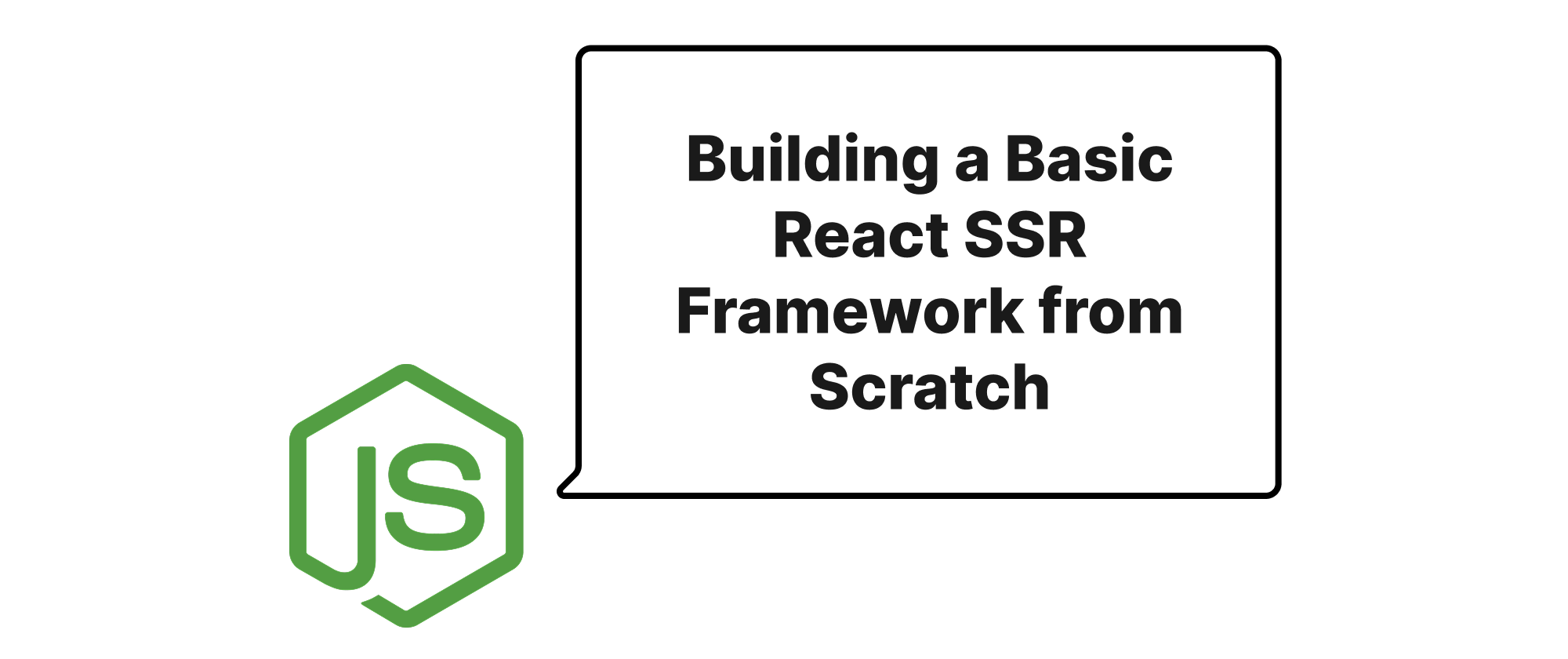
Building a Basic React SSR Framework from Scratch
This article delves into the construction of a minimalistic React Server-Side Rendering (SSR) framework using JavaScript. It explores the core concepts of SSR, practical implementation details with code examples, and its benefits for modern web applications, guiding readers from foundational understanding to a functional SSR setup.
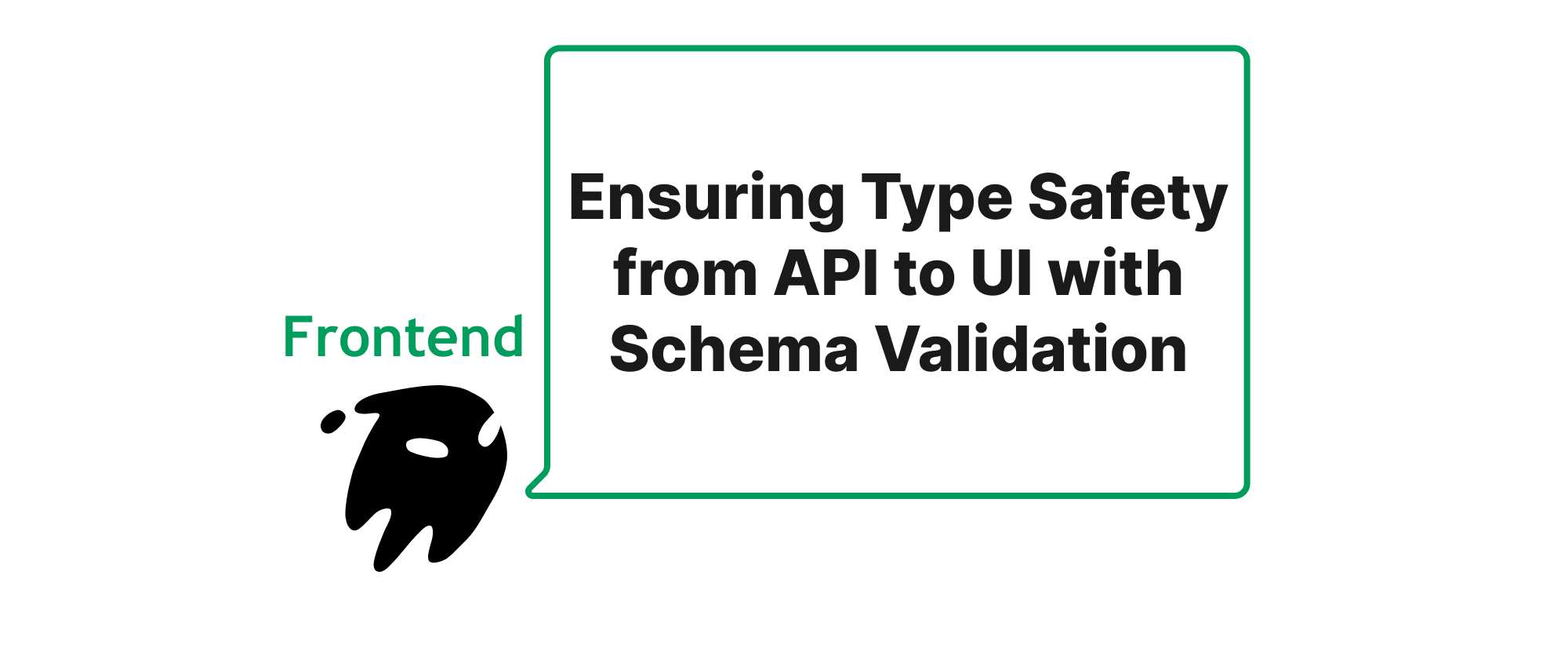
Ensuring Type Safety from API to UI with Schema Validation
Explore how Zod and Valibot can be leveraged to establish robust end-to-end type safety and data validation, bridging the gap between backend APIs and frontend components in modern web applications.
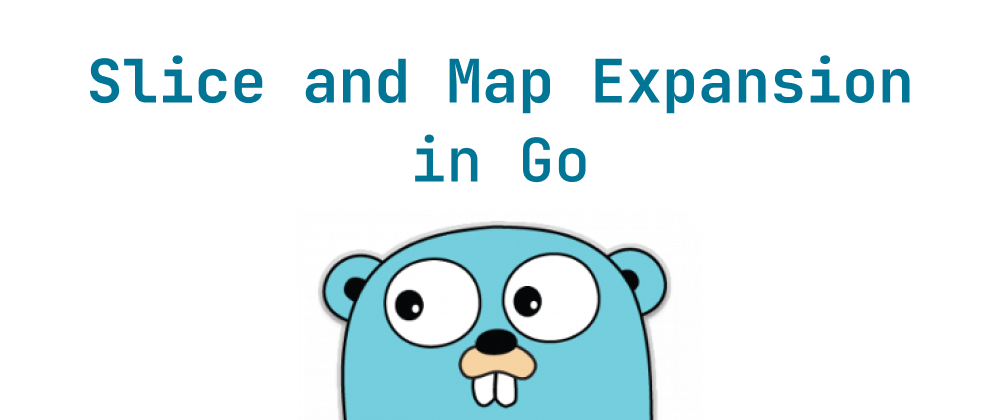
A Deep Dive into Slice and Map Expansion in Go
Explains Go’s slice and map expansion strategies, covering growth triggers, resizing rules, and performance impacts.
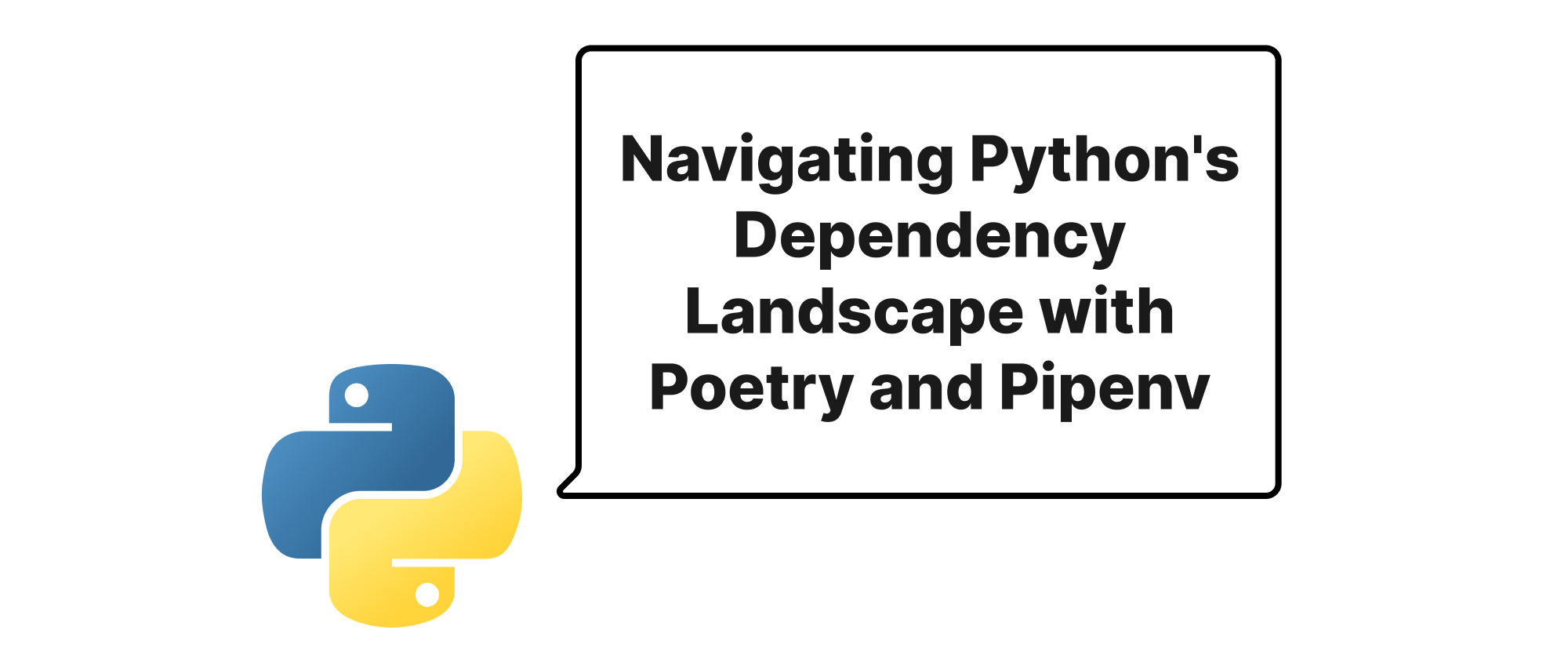
Navigating Python's Dependency Landscape with Poetry and Pipenv
A deep dive into modern Python dependency management and virtual environment tools, comparing Poetry and Pipenv's features, benefits, and practical applications for robust project development.
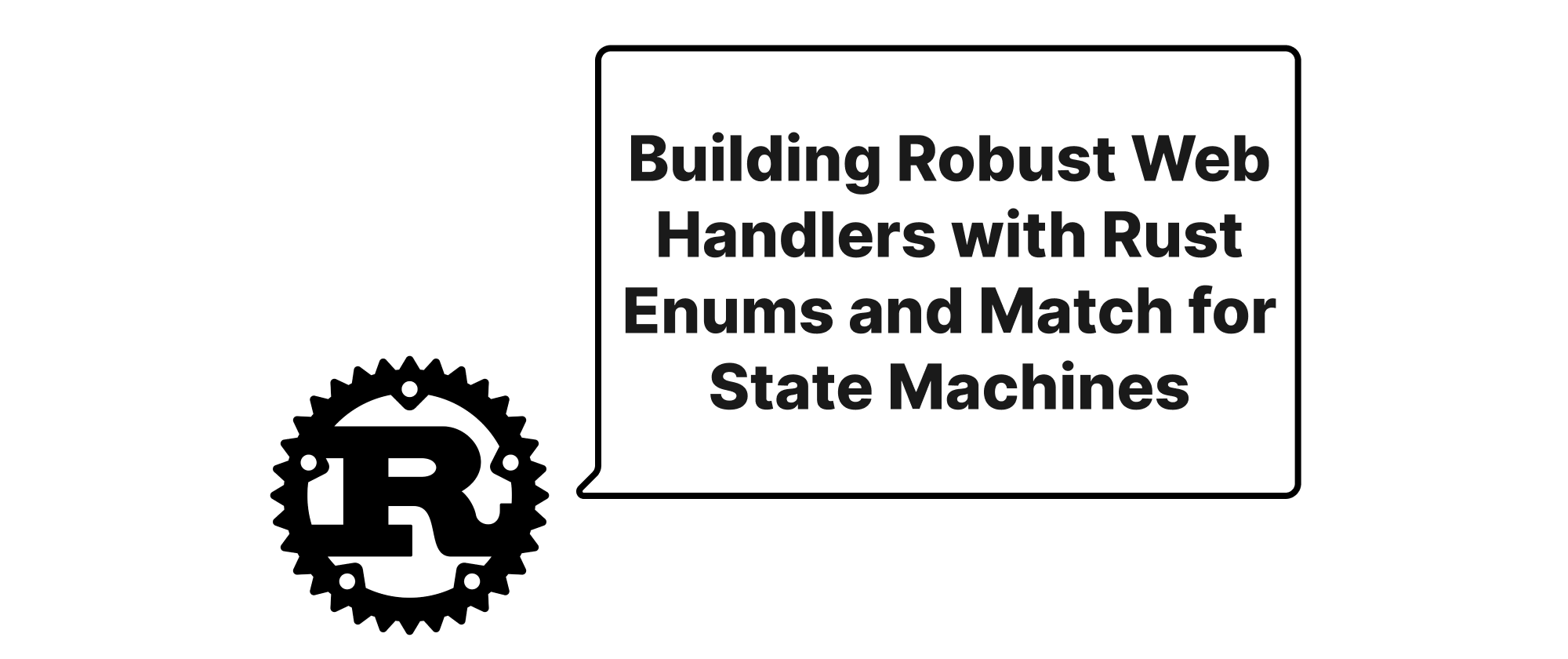
Building Robust Web Handlers with Rust Enums and Match for State Machines
Explore how Rust's enums and the match expression can be leveraged to craft resilient and clear state machines within web handlers, enhancing code safety and maintainability.
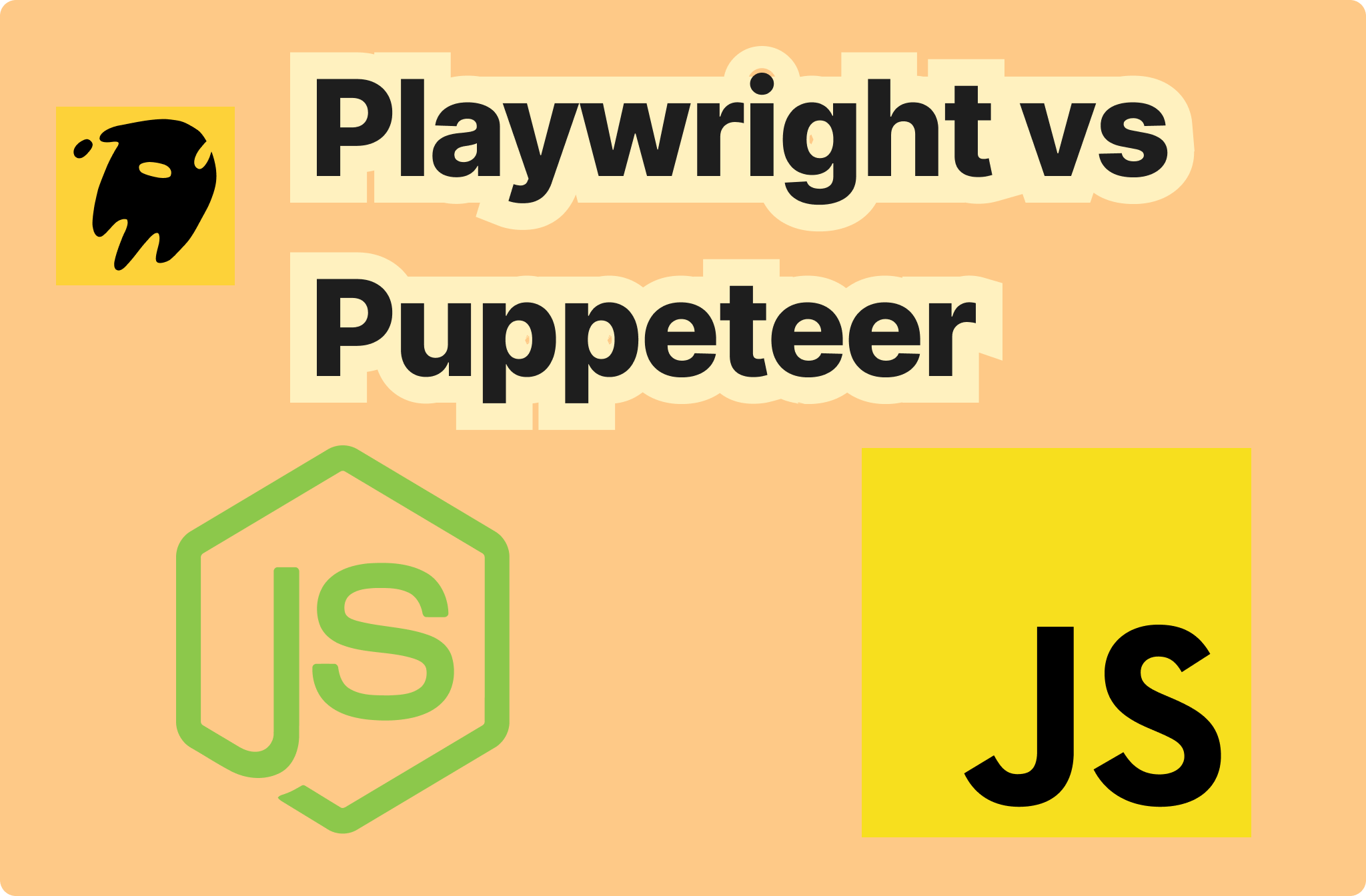
Inside Playwright and Puppeteer: From Architecture to Real-World Scenarios
In the field of browser automation, Playwright (by Microsoft) and Puppeteer (by Google) stand as the two most mainstream tools. However, they exhibit significant differences in design philosophy, technical implementation, and applicable scenarios. This article will start with core concepts and provide a comprehensive analysis of the technical characteristics and future directions of these two tools through detailed comparisons, scenario analysis, and limitation breakdowns.
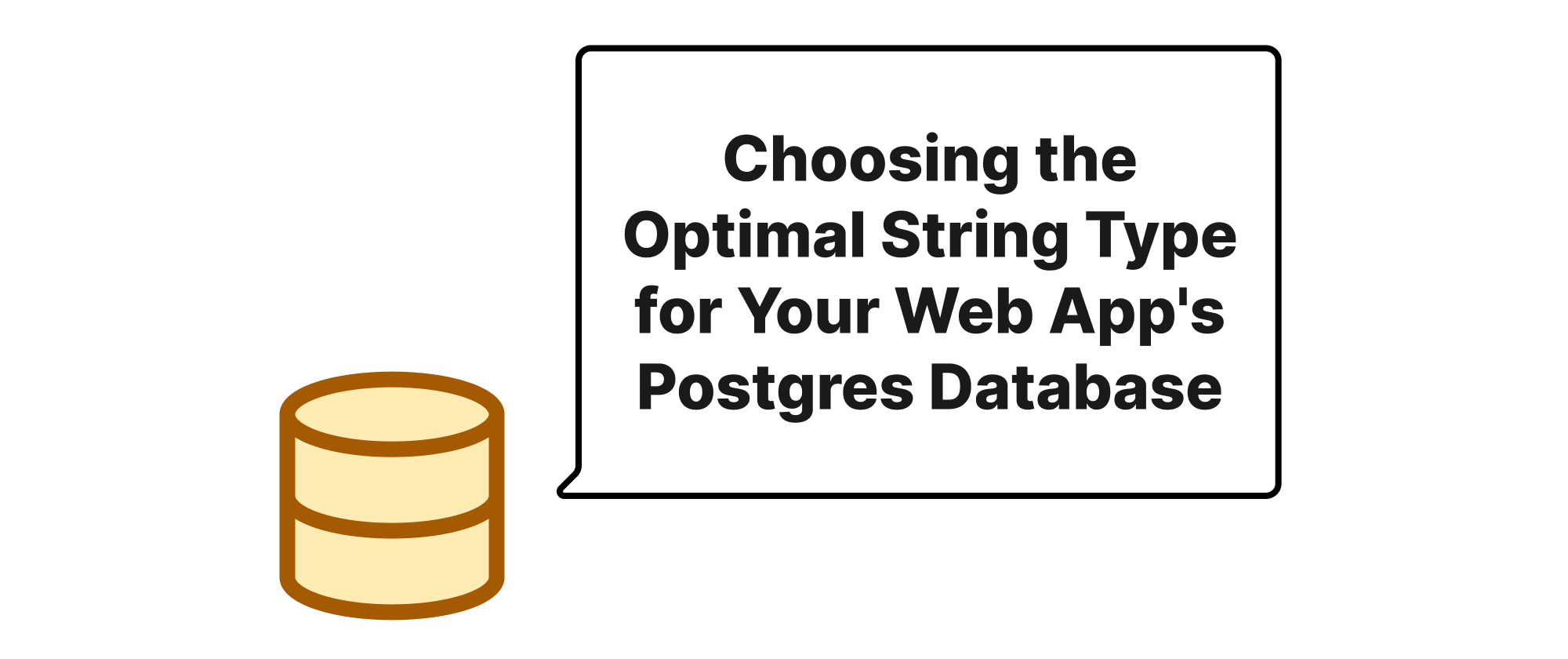
Choosing the Optimal String Type for Your Web App's Postgres Database
Understanding the nuances of TEXT, VARCHAR(255), and CHAR is crucial for efficient data storage and retrieval in PostgreSQL. This article guides you through selecting the right string type for your web application.
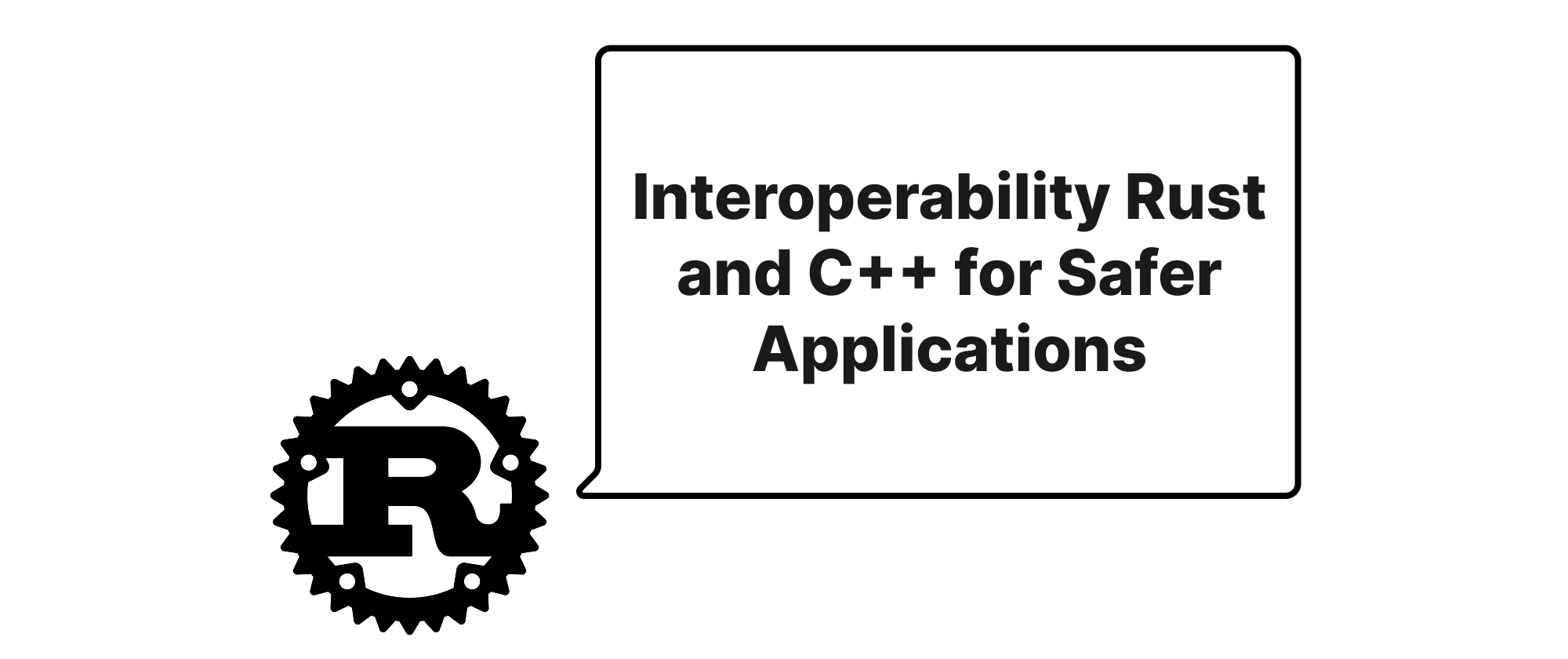
Interoperability Rust and C++ for Safer Applications
Discover how to securely integrate C/C++ code into your Rust applications using Rust FFI, enhancing performance and leveraging existing libraries while maintaining memory safety.
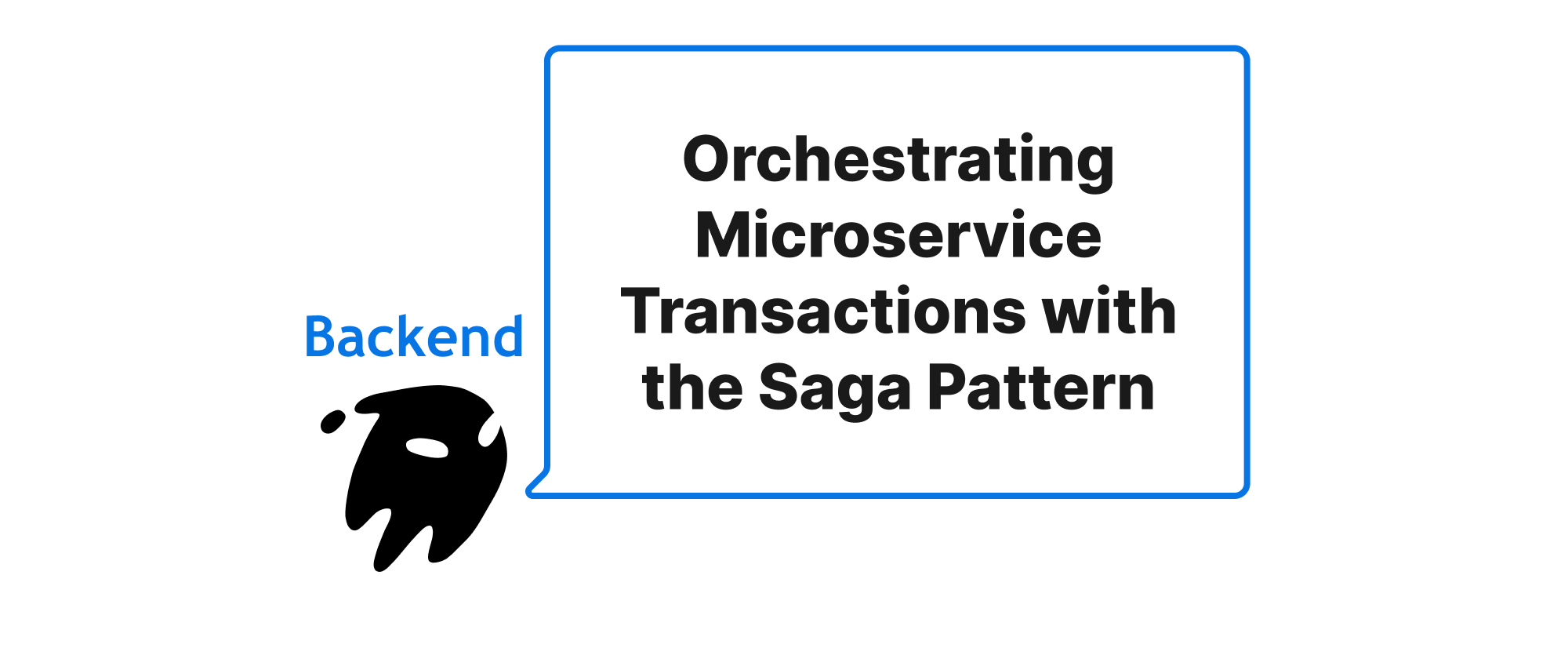
Orchestrating Microservice Transactions with the Saga Pattern
Delve into the Saga pattern for managing distributed transactions in microservice architectures, exploring its principles, implementation, and practical applications.
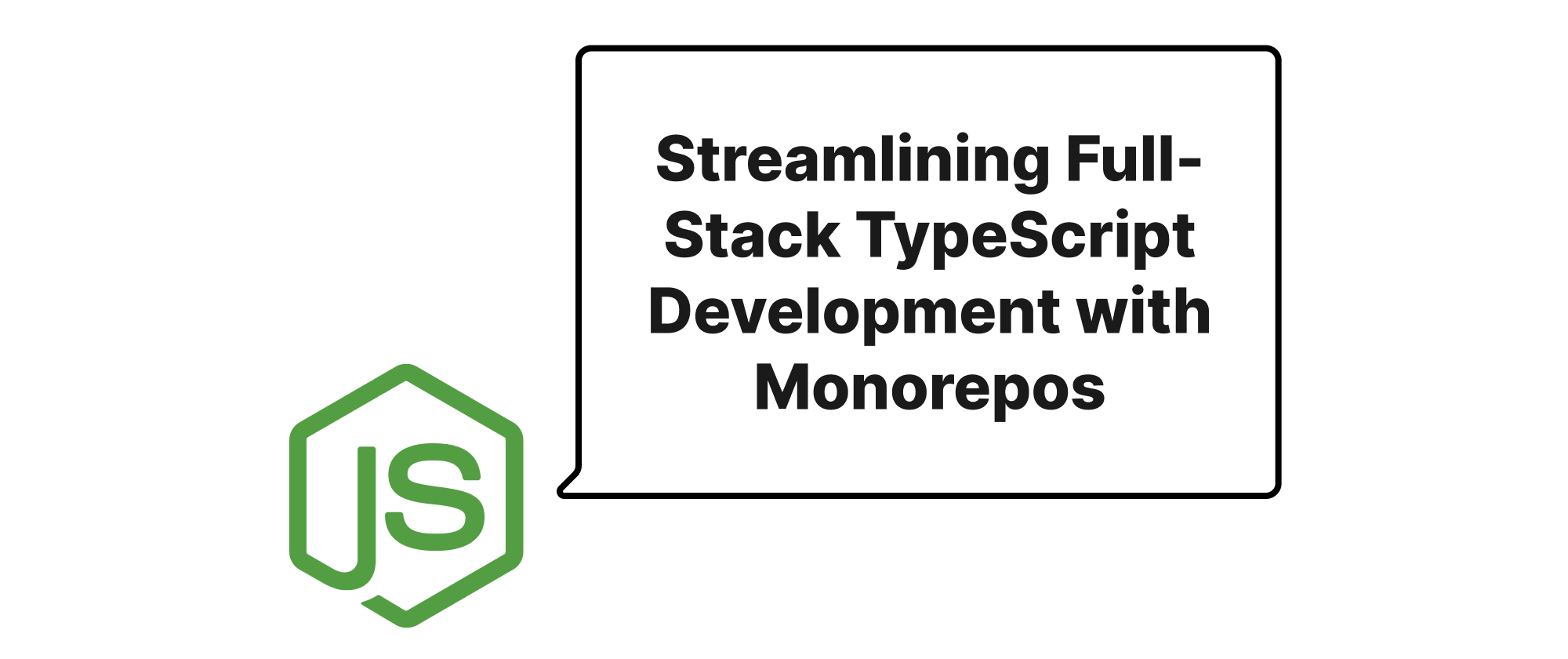
Streamlining Full-Stack TypeScript Development with Monorepos
This article explores how monorepos, powered by tools like Nx and Turborepo, revolutionize full-stack TypeScript development by enhancing code sharing, build optimization, and developer experience for React and NestJS projects.

One Library to Rule Them All Asynchronous Python with AnyIO
Discover how AnyIO elegantly bridges the gap between asyncio and Trio, allowing developers to write truly portable asynchronous Python code, simplifying development and enhancing flexibility.

Beyond SOLID: KISS, DRY, and LOD Principles in Go
Explains KISS, DRY, and LOD principles to improve code simplicity, reusability, and low coupling.

Understanding the Mechanics of JavaScript Code Transformation with Babel and SWC
This article delves into the core principles and practical applications of JavaScript code transformers, specifically focusing on Babel and SWC, explaining how they enable modern JavaScript development.

Mastering Core Web Vitals for Superior User Experience
Delving into practical strategies for optimizing LCP, INP, and CLS to significantly enhance web performance and user satisfaction.
